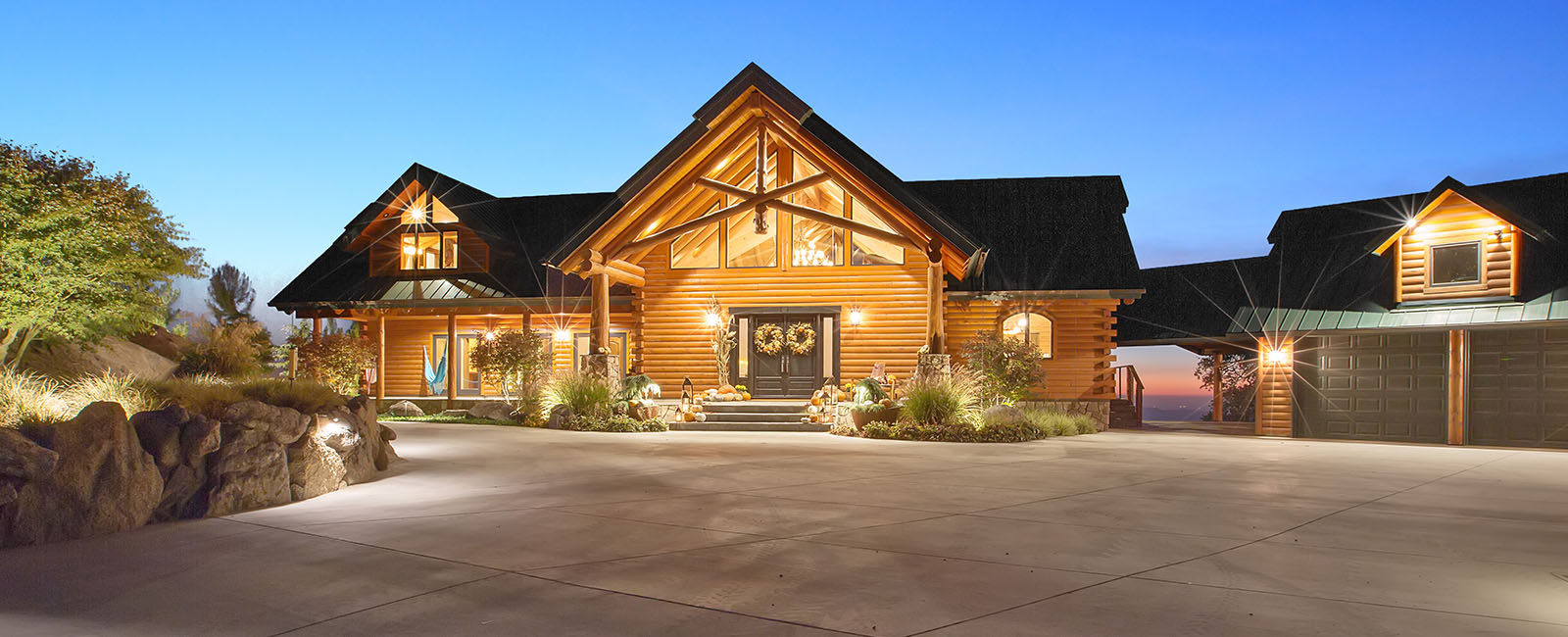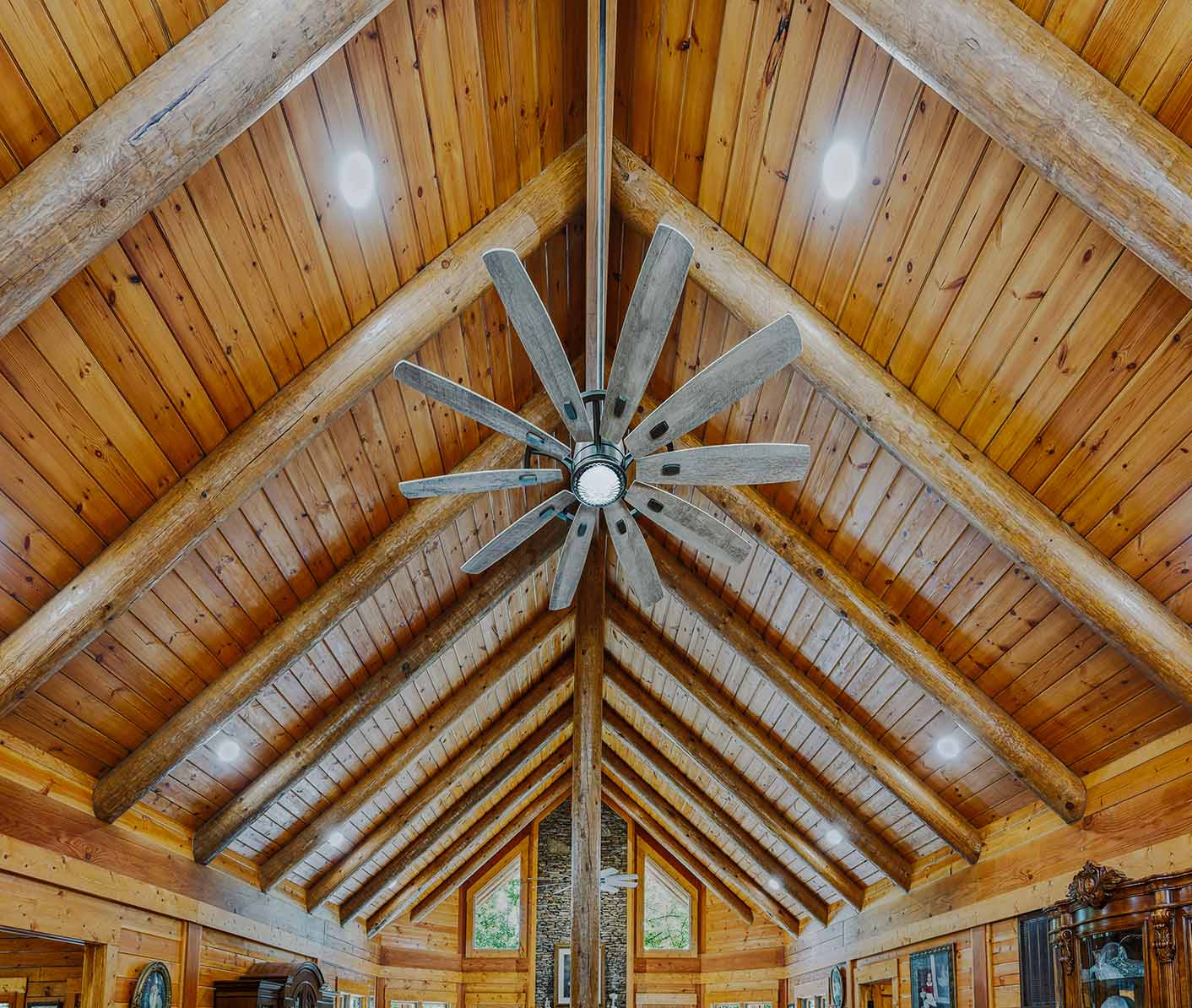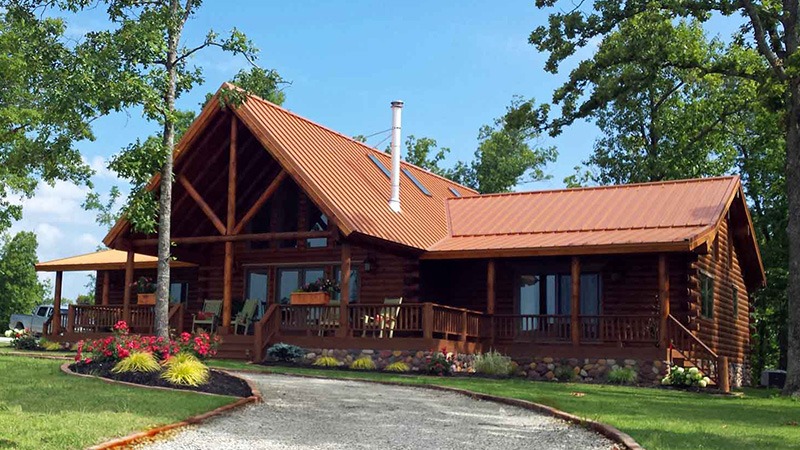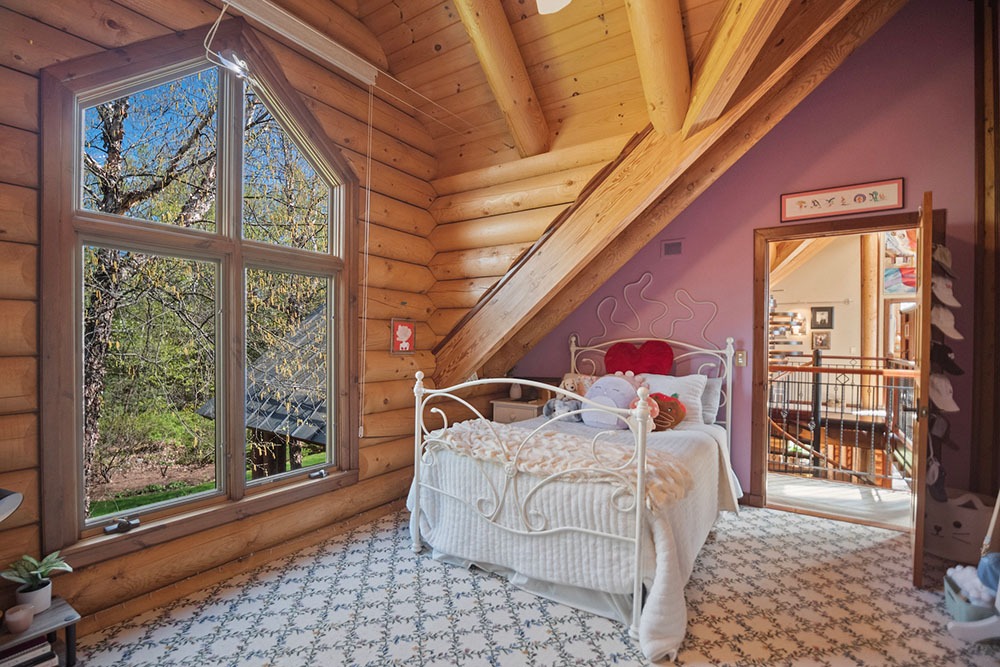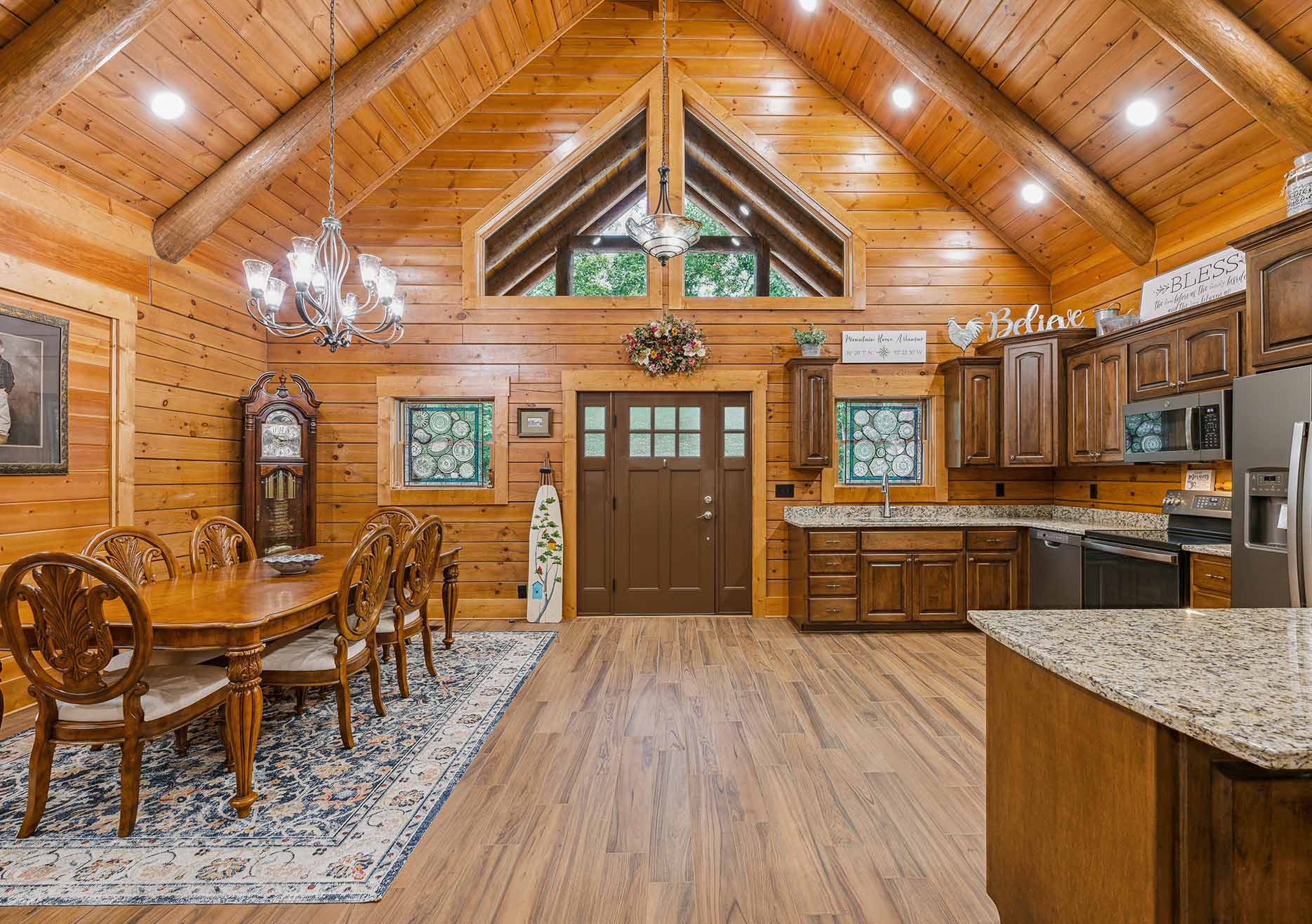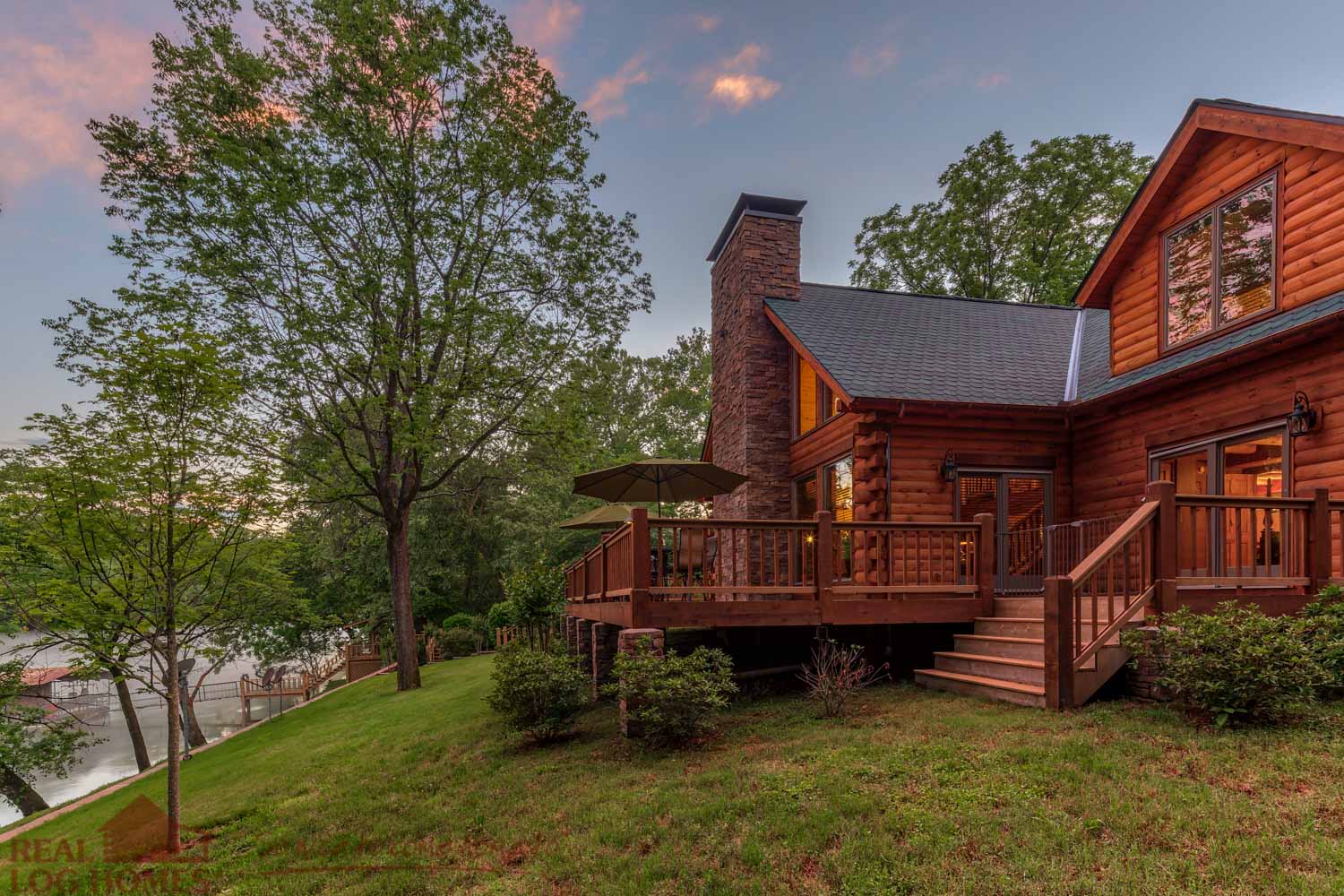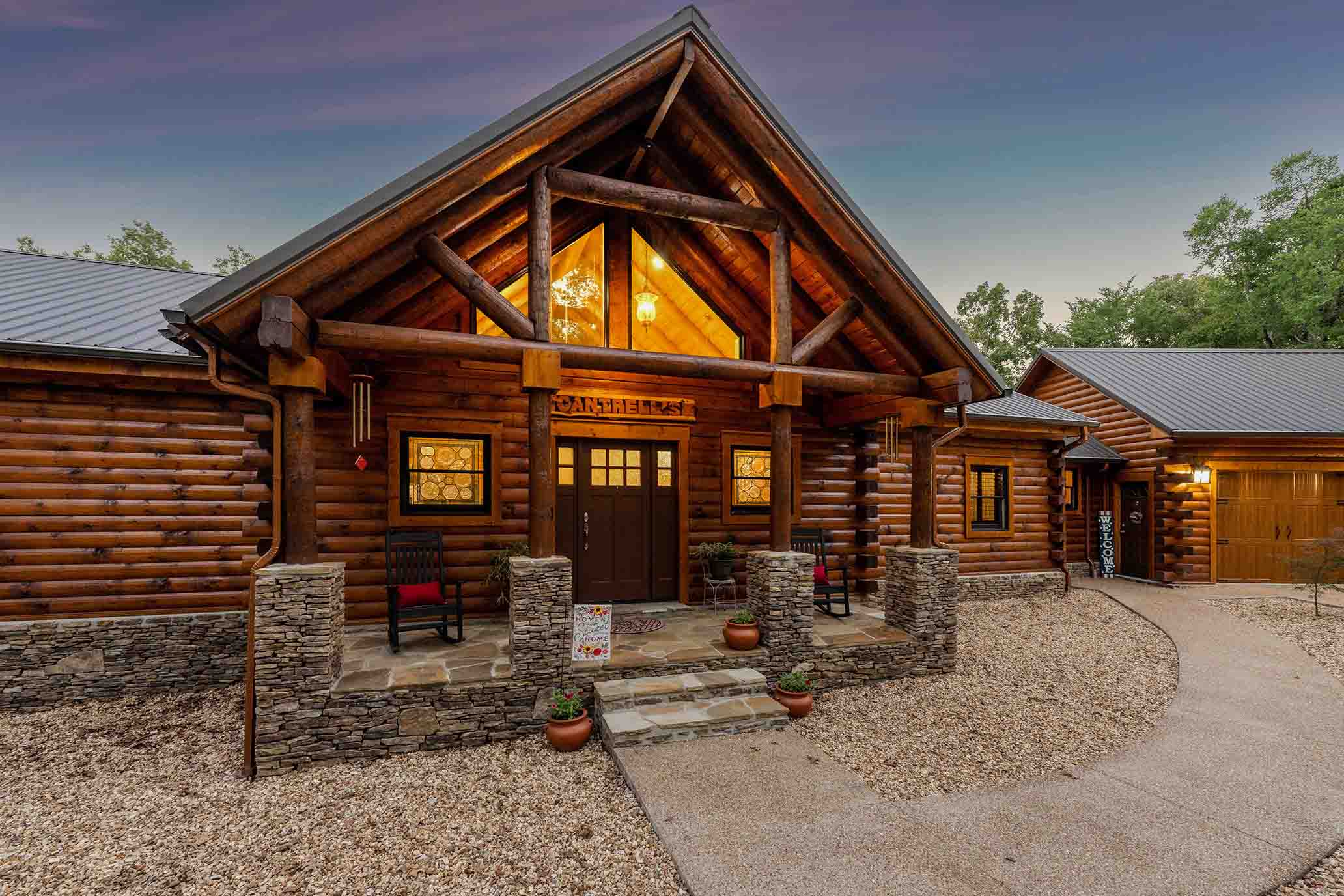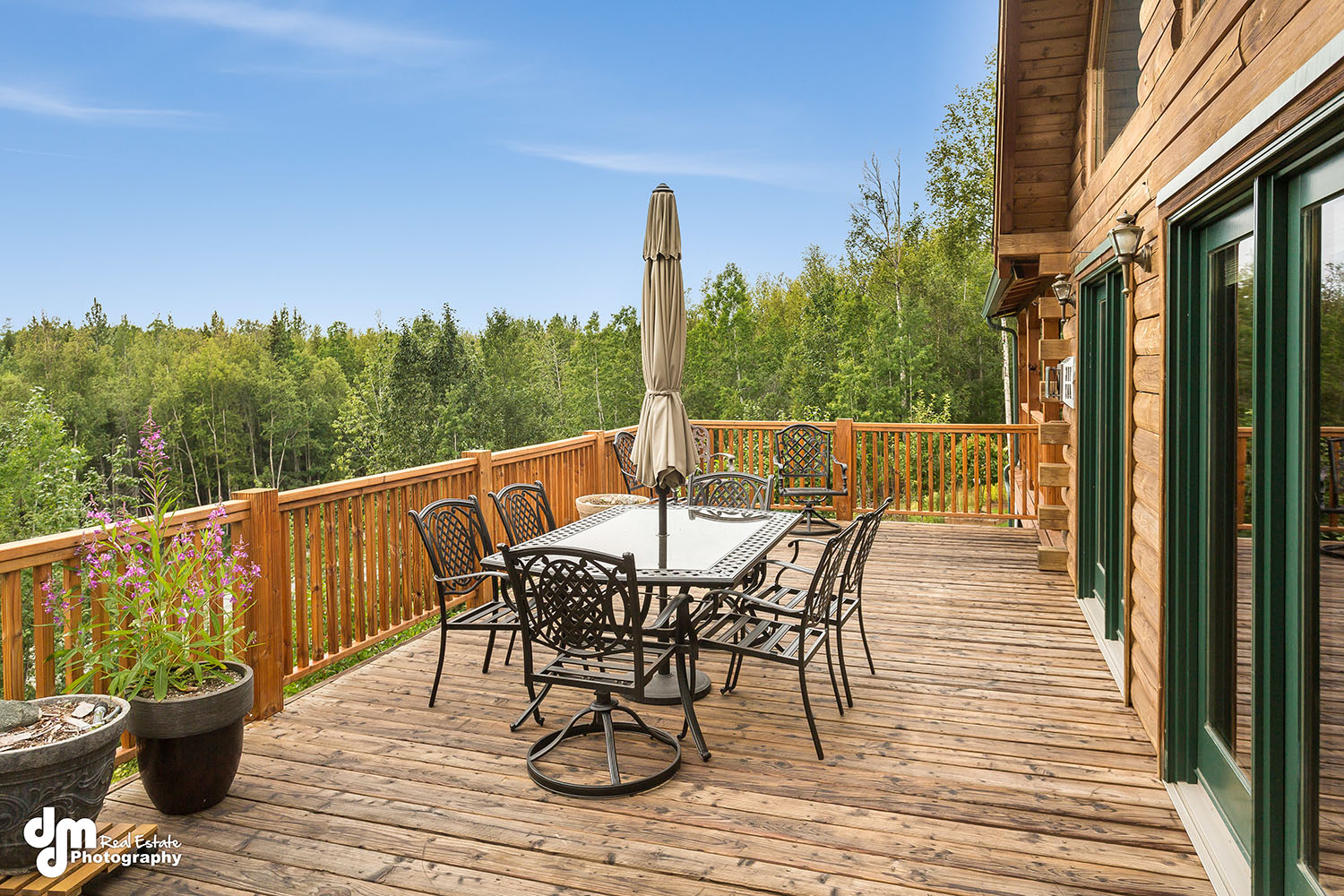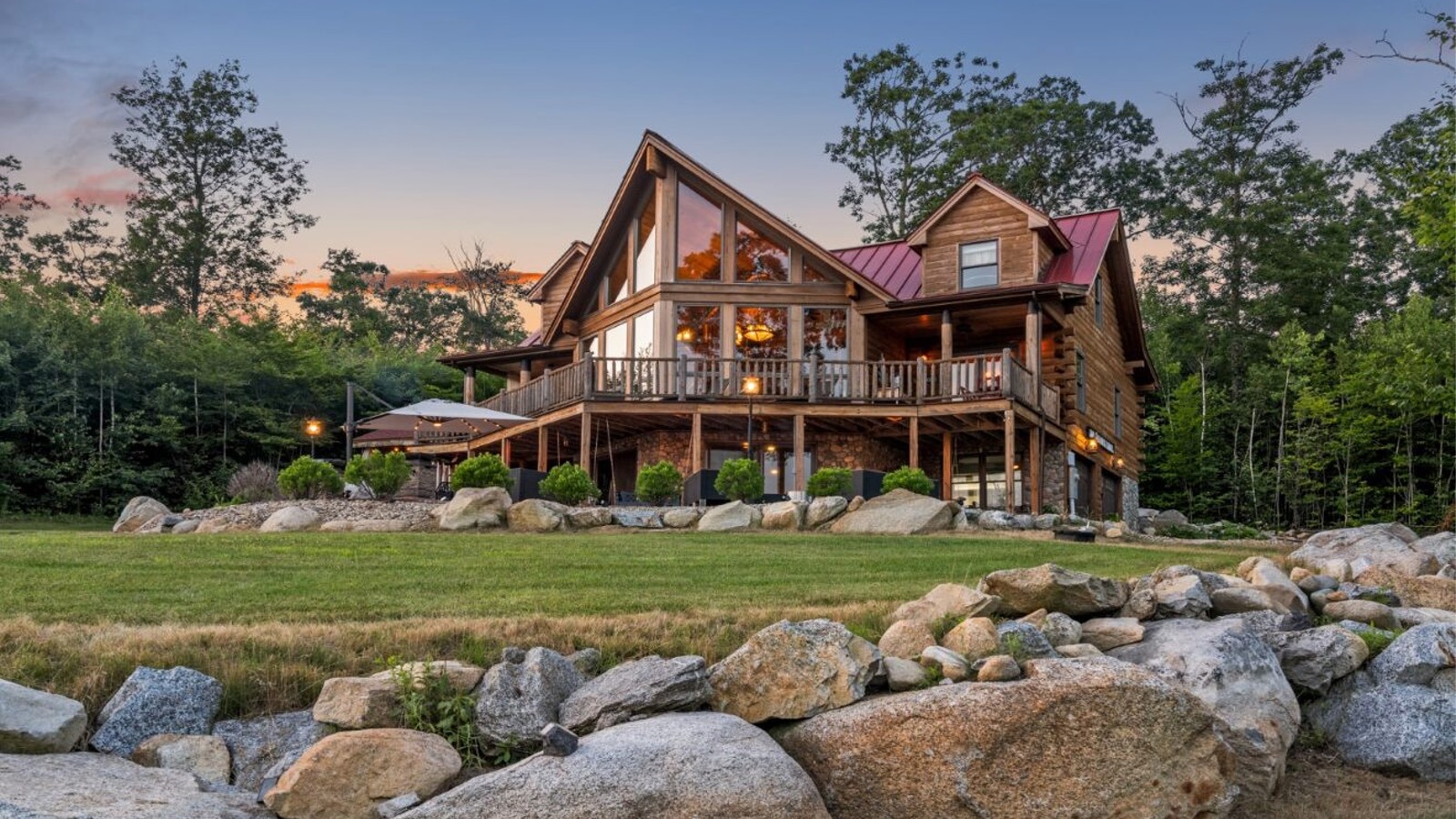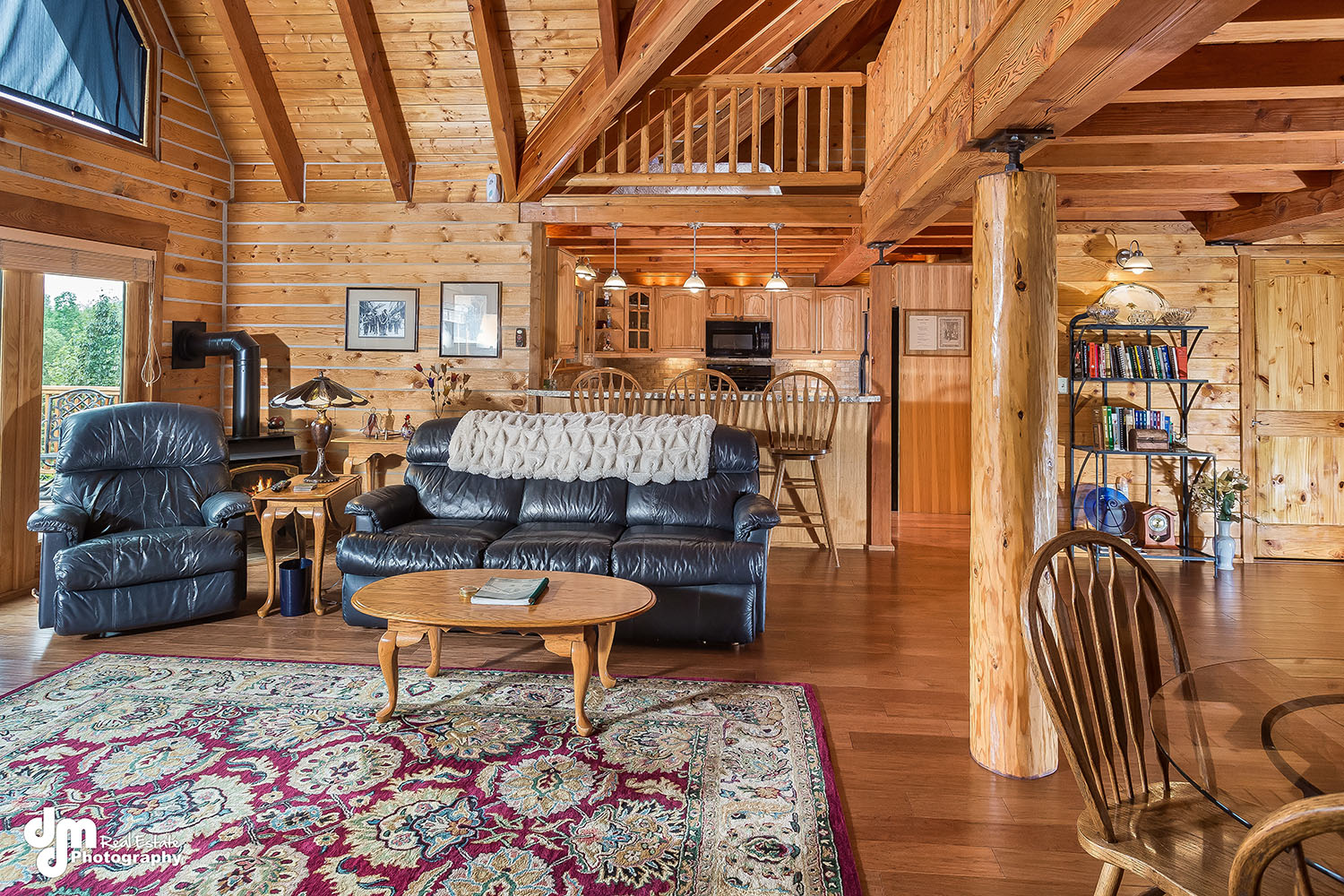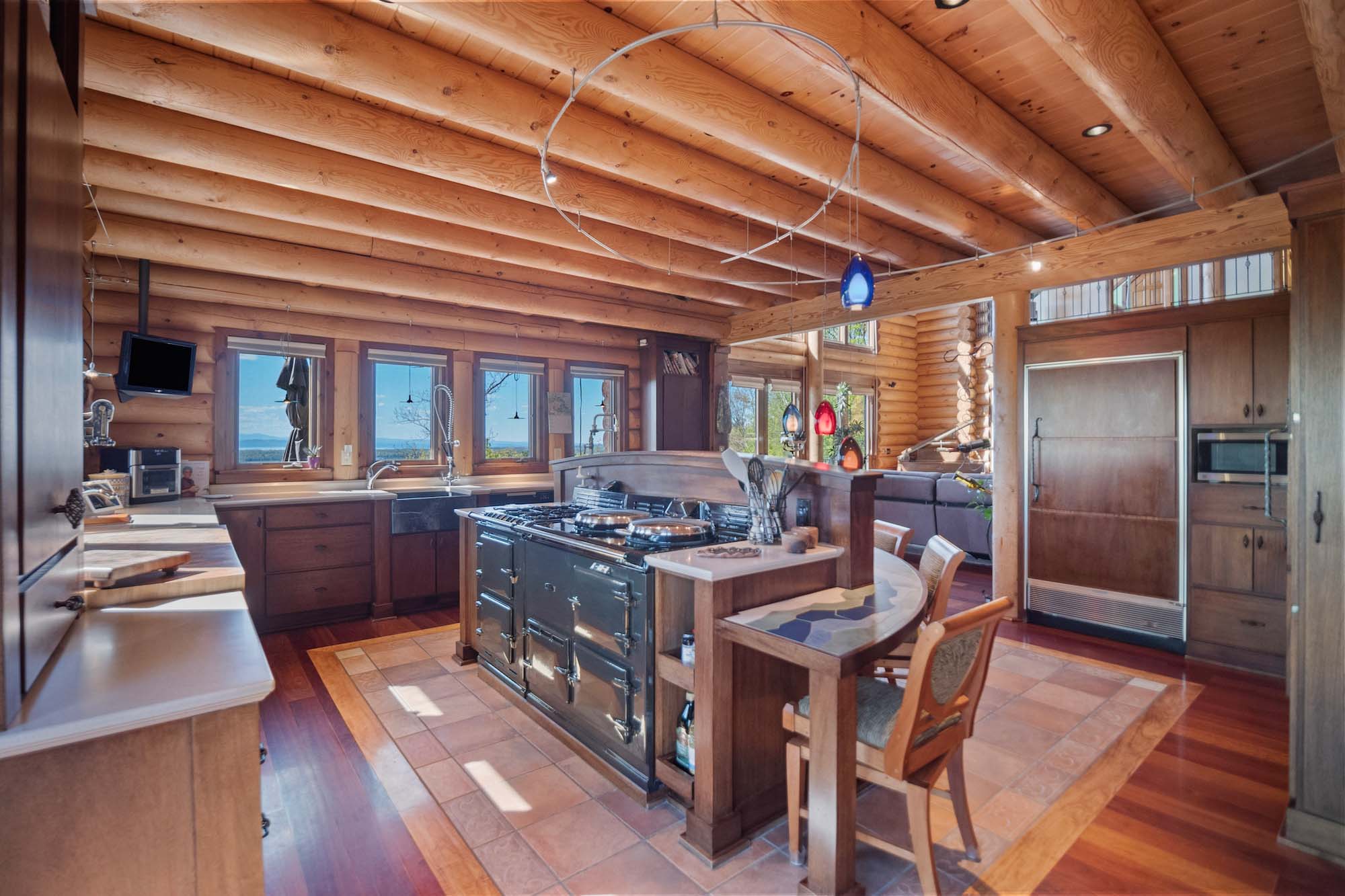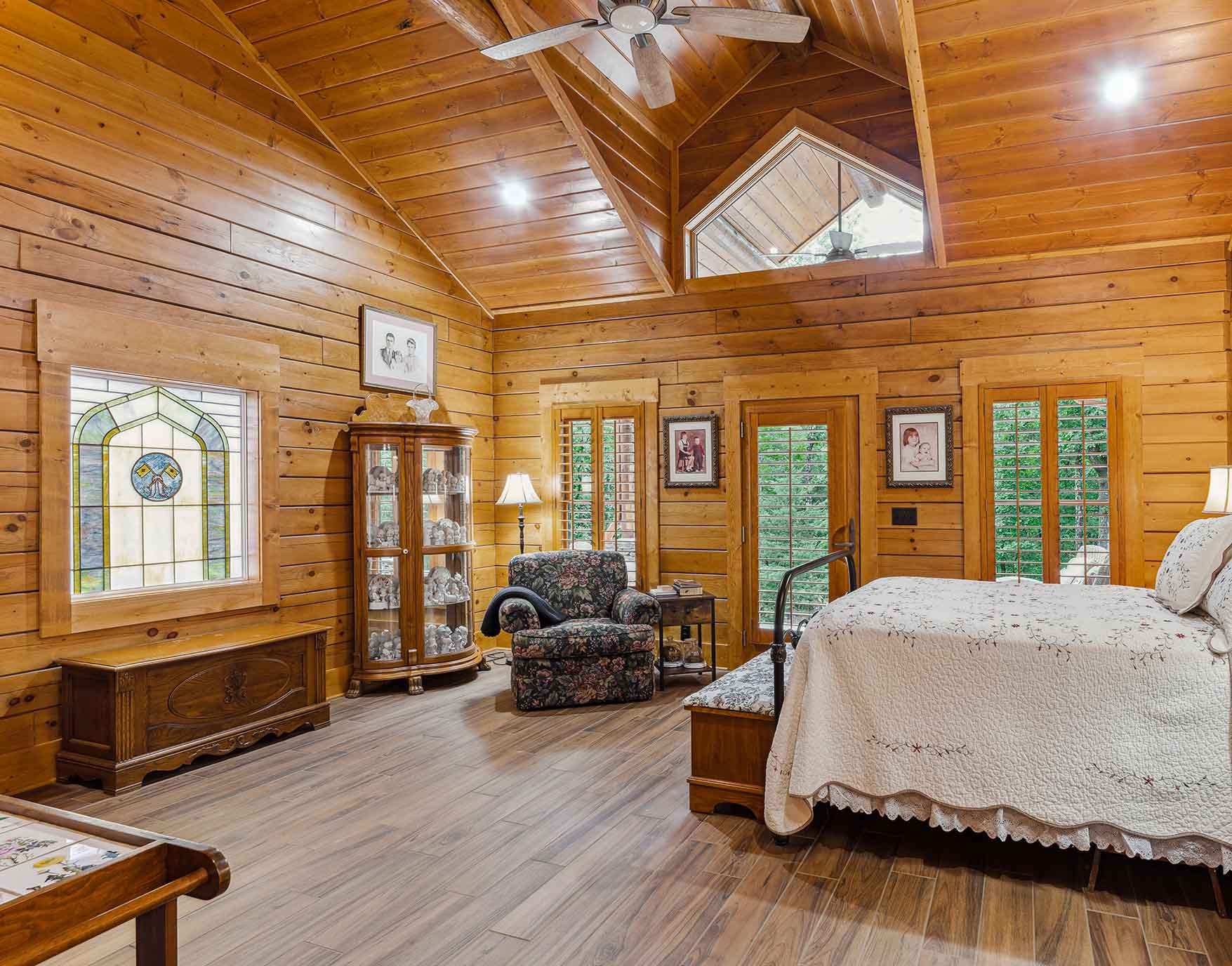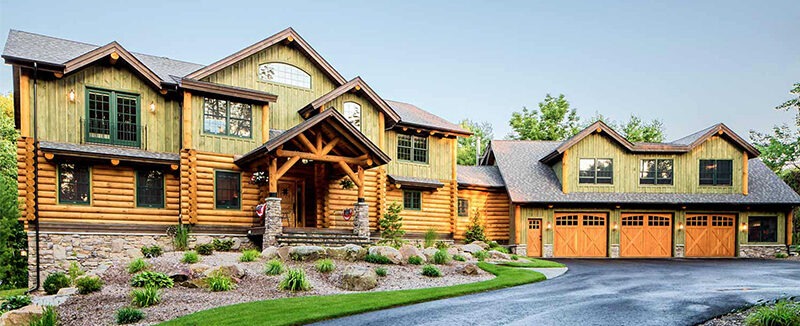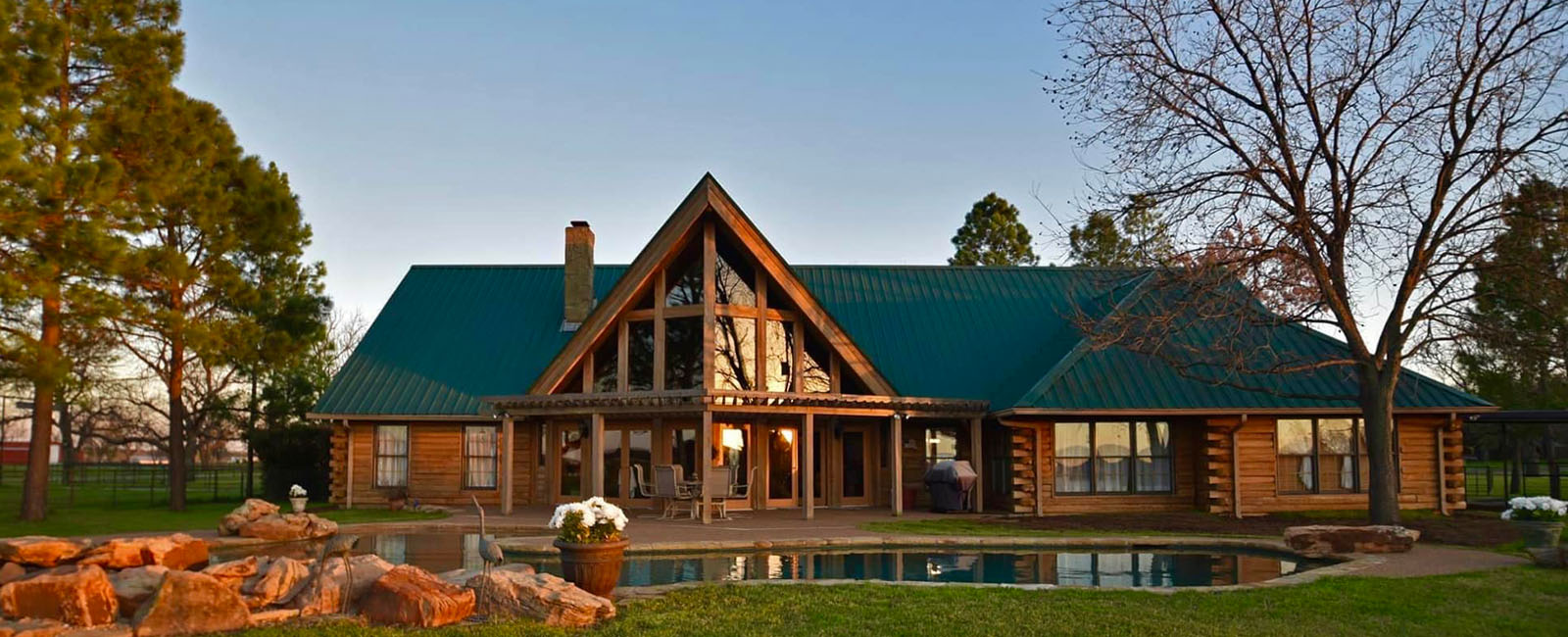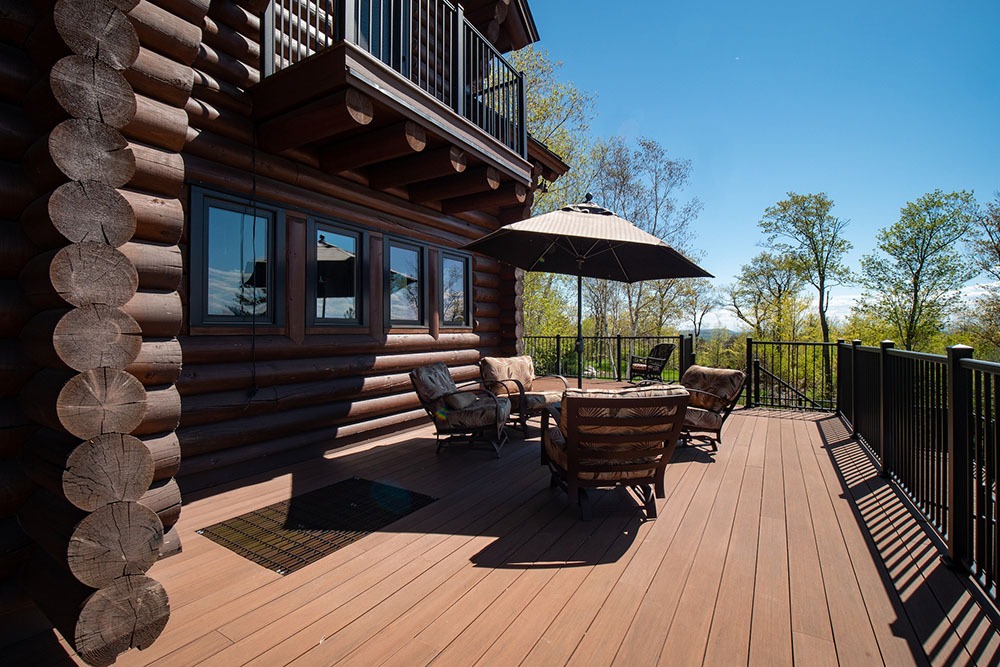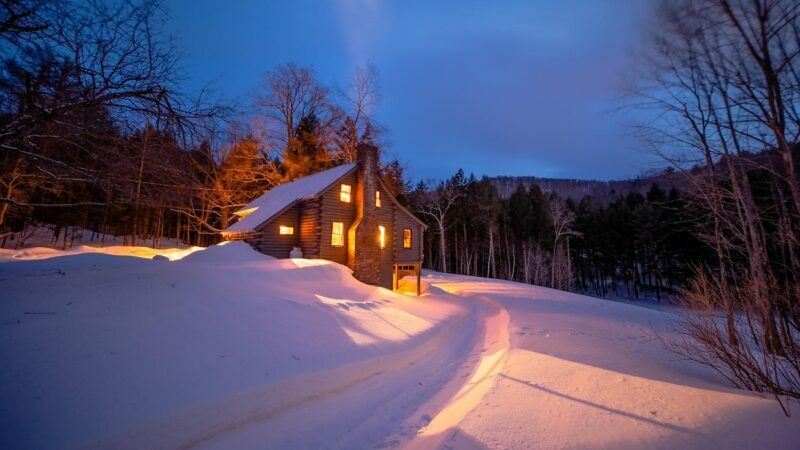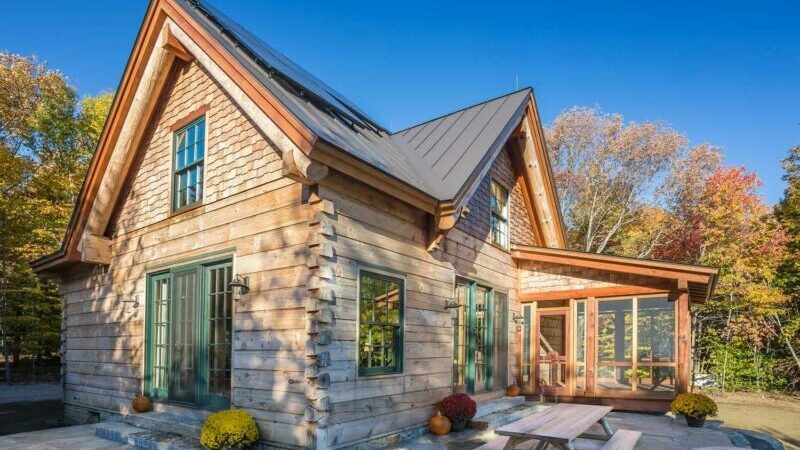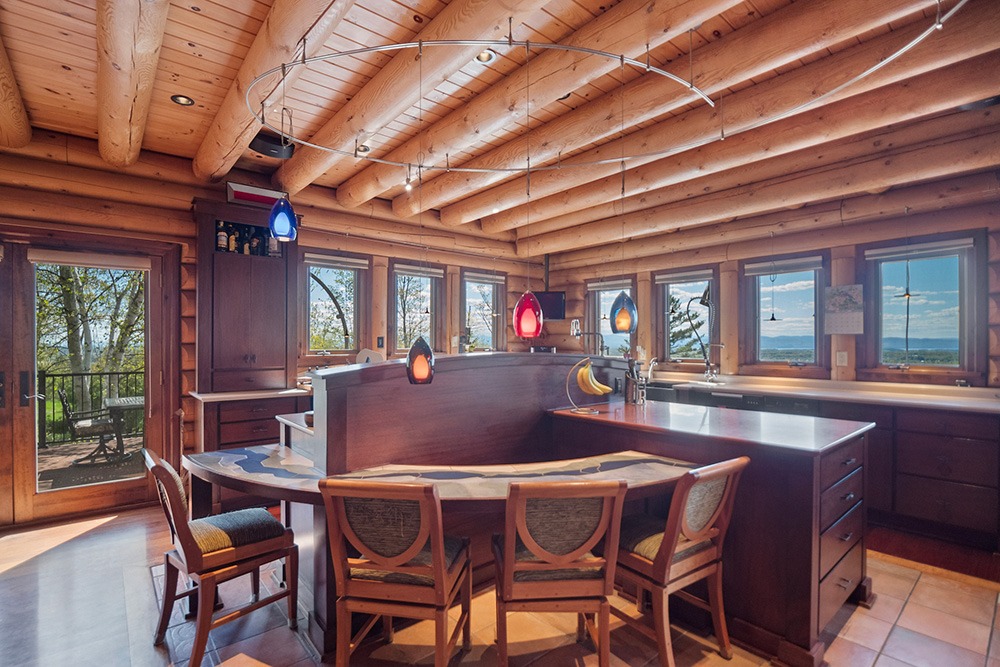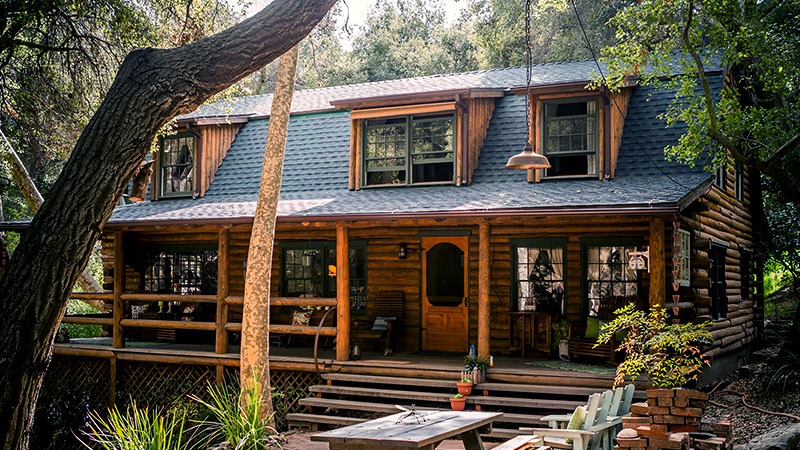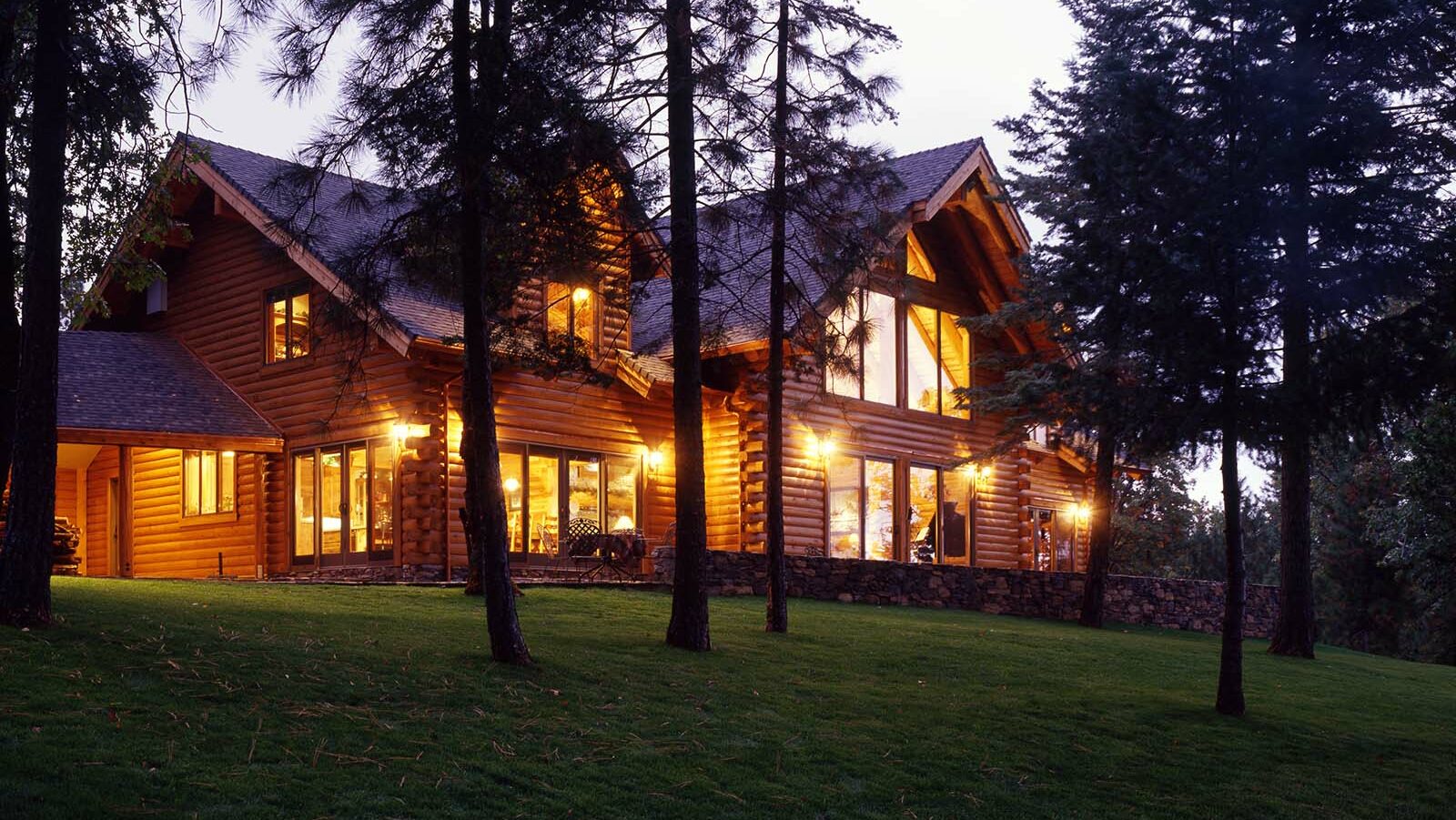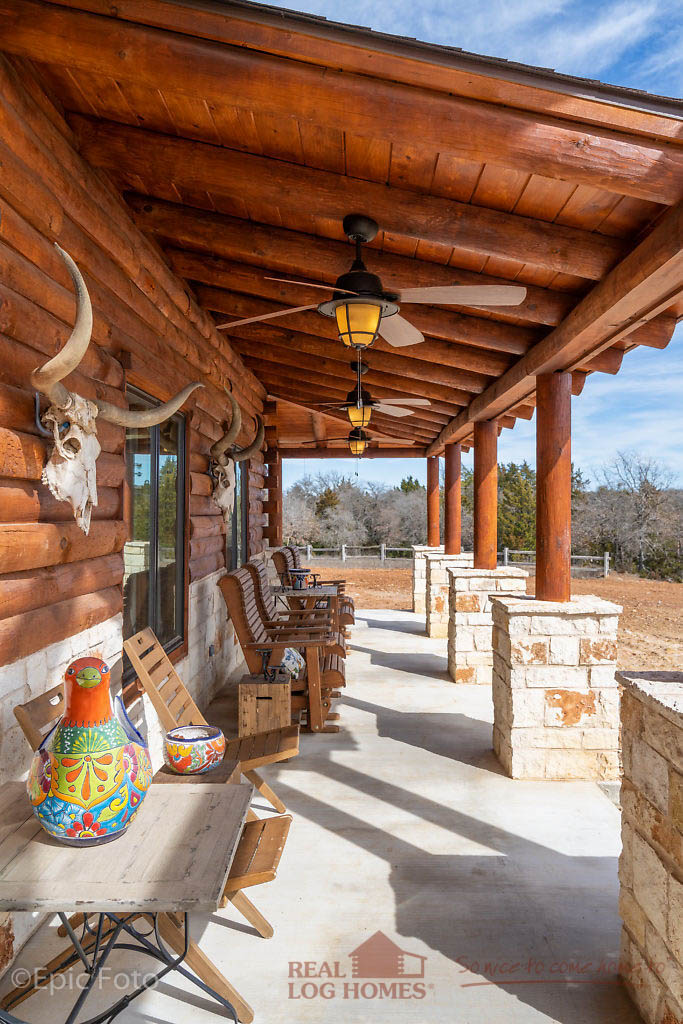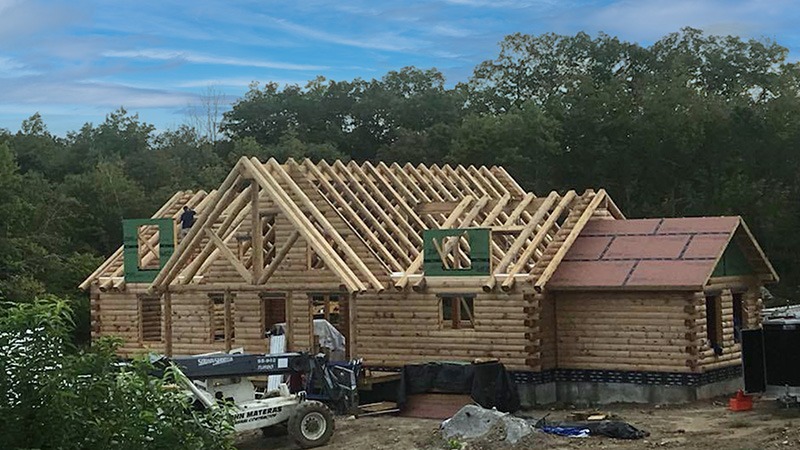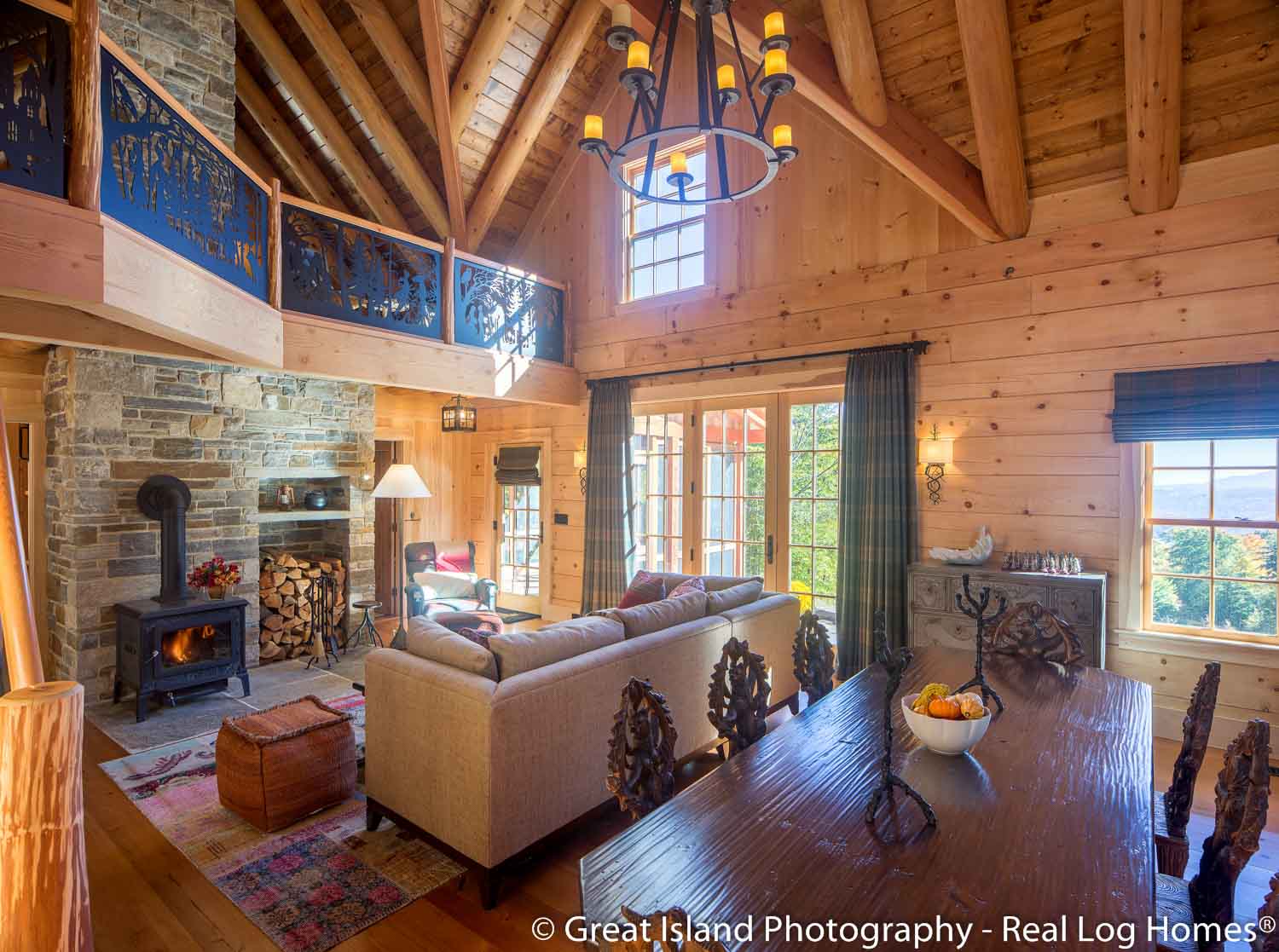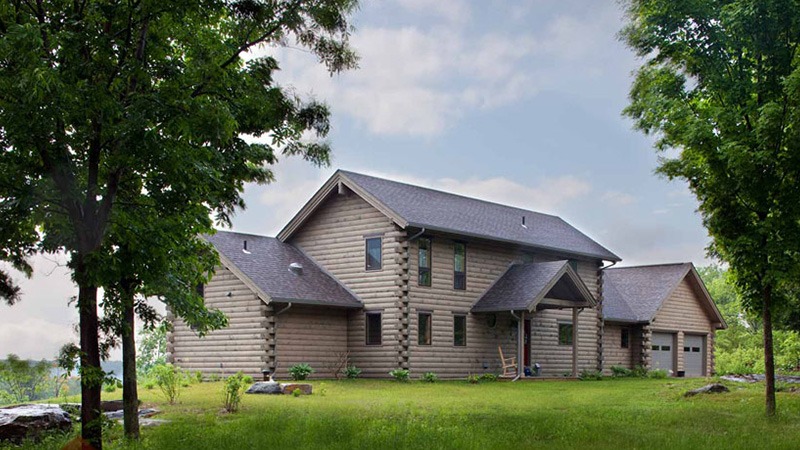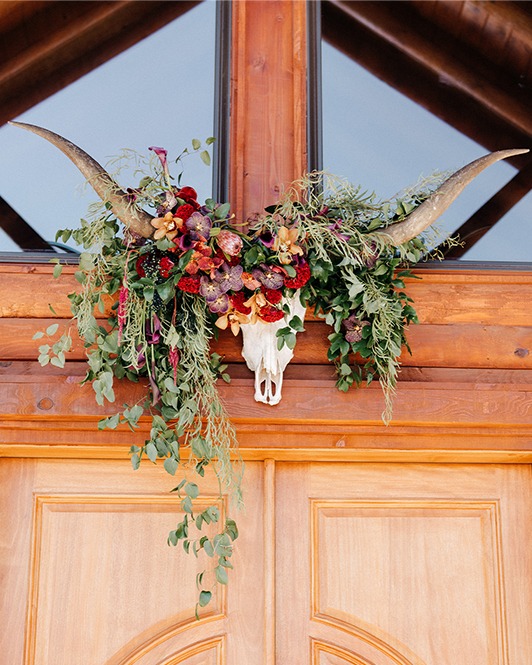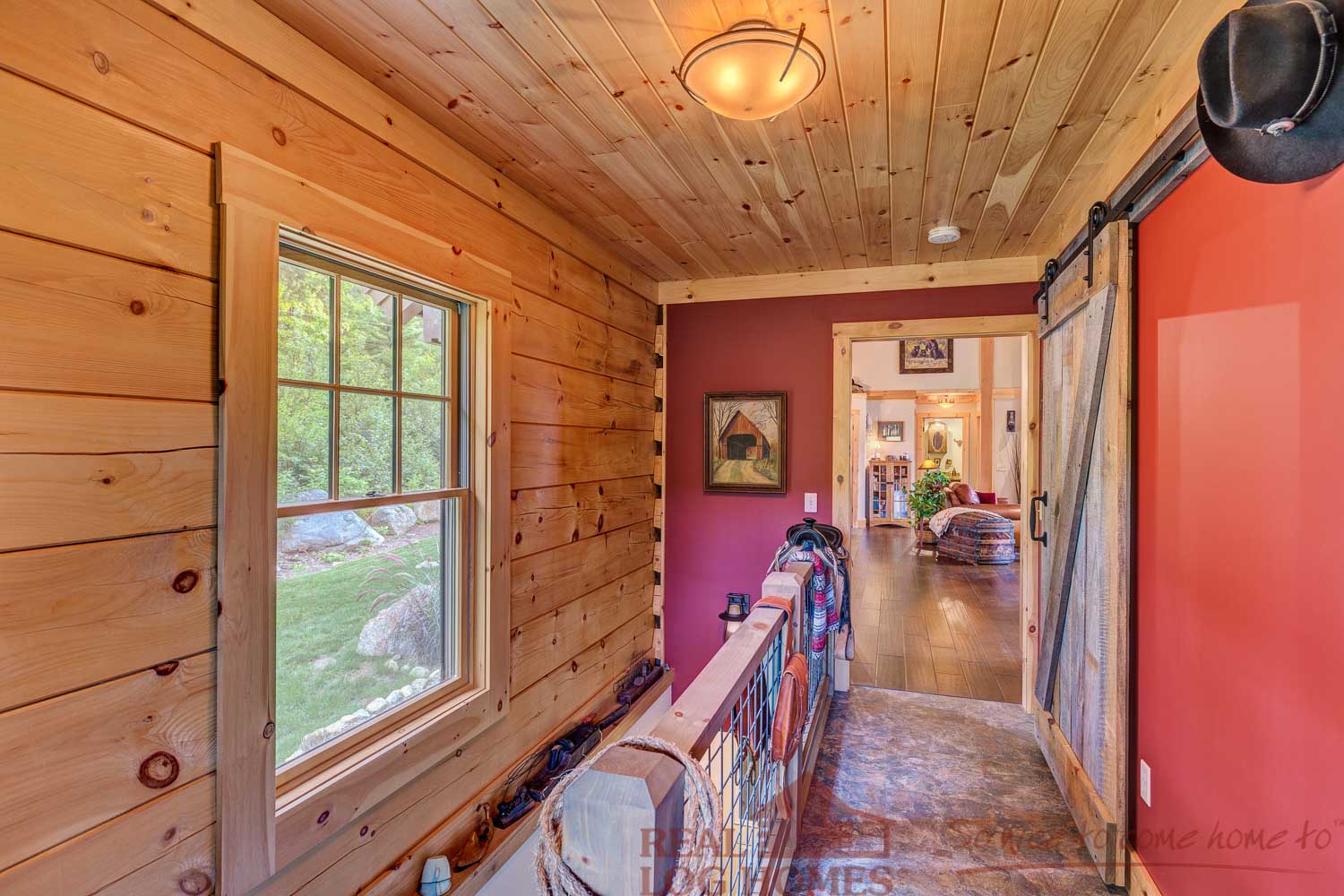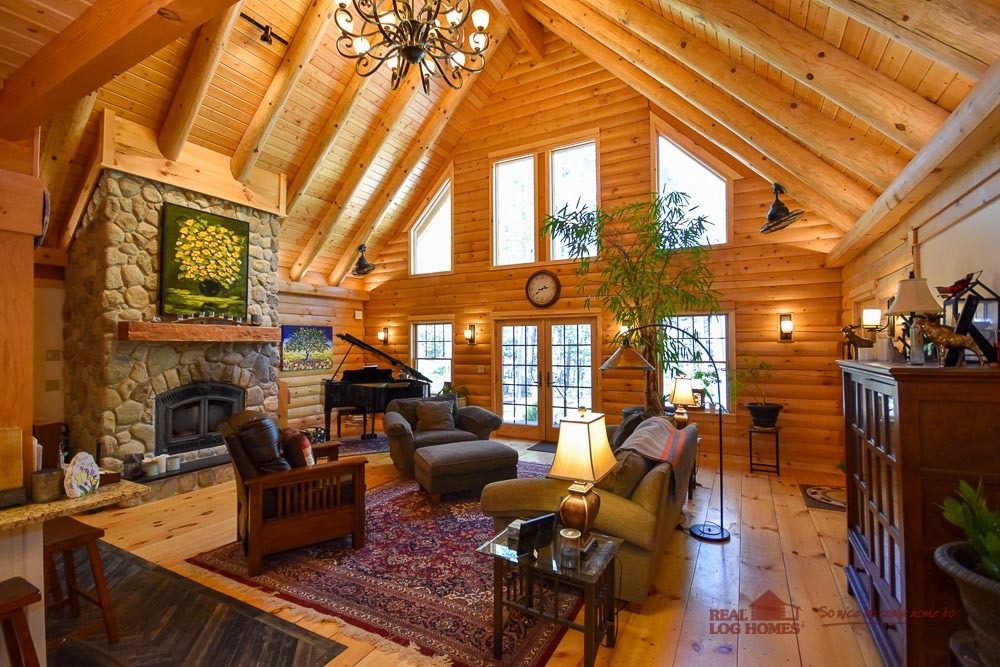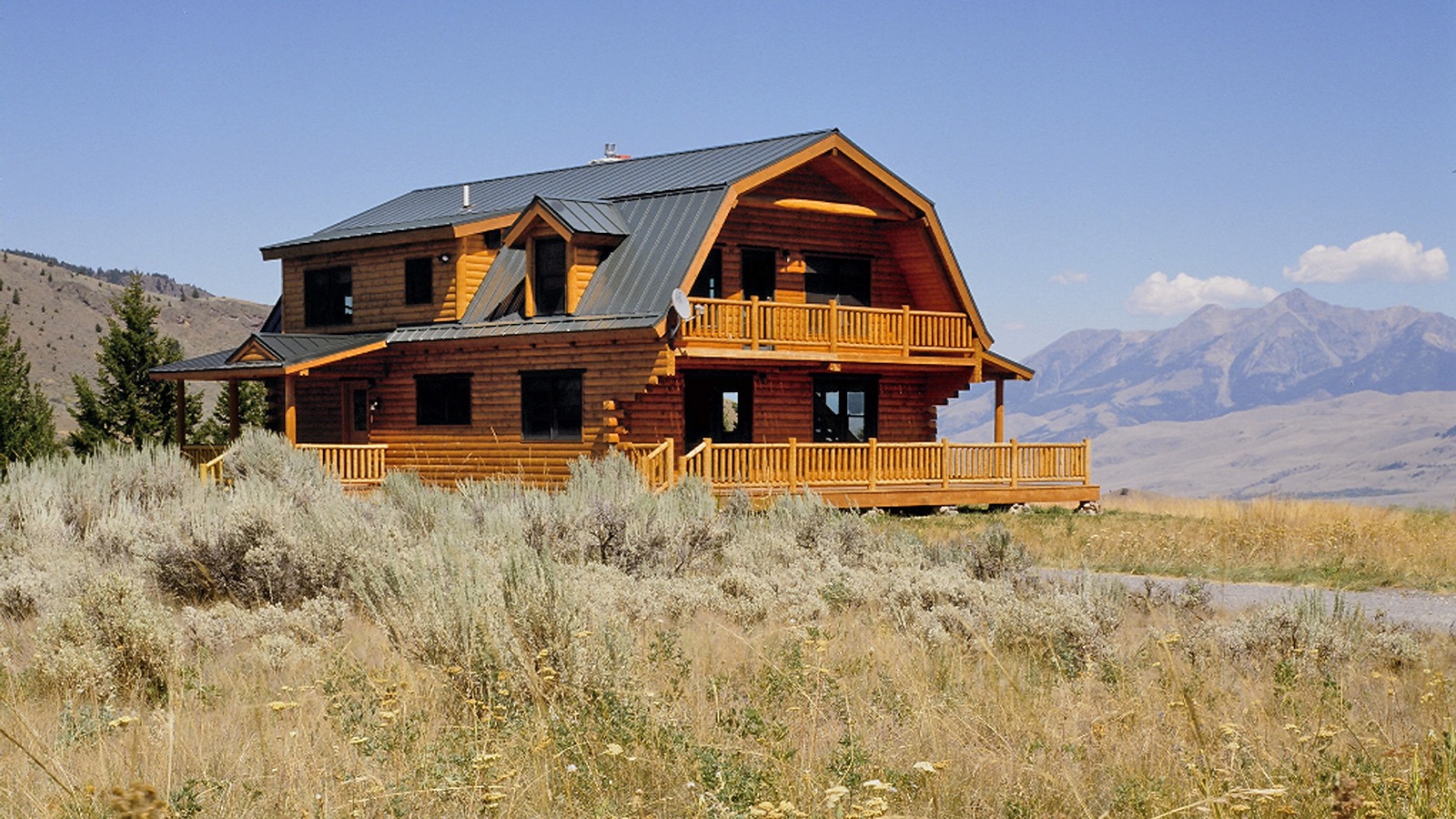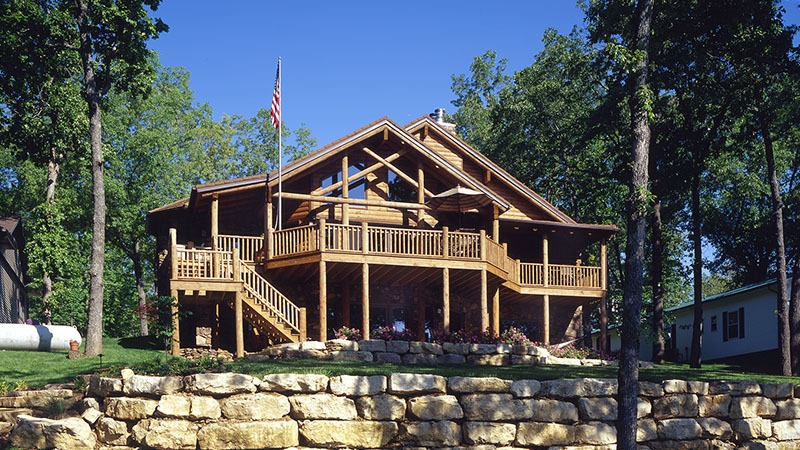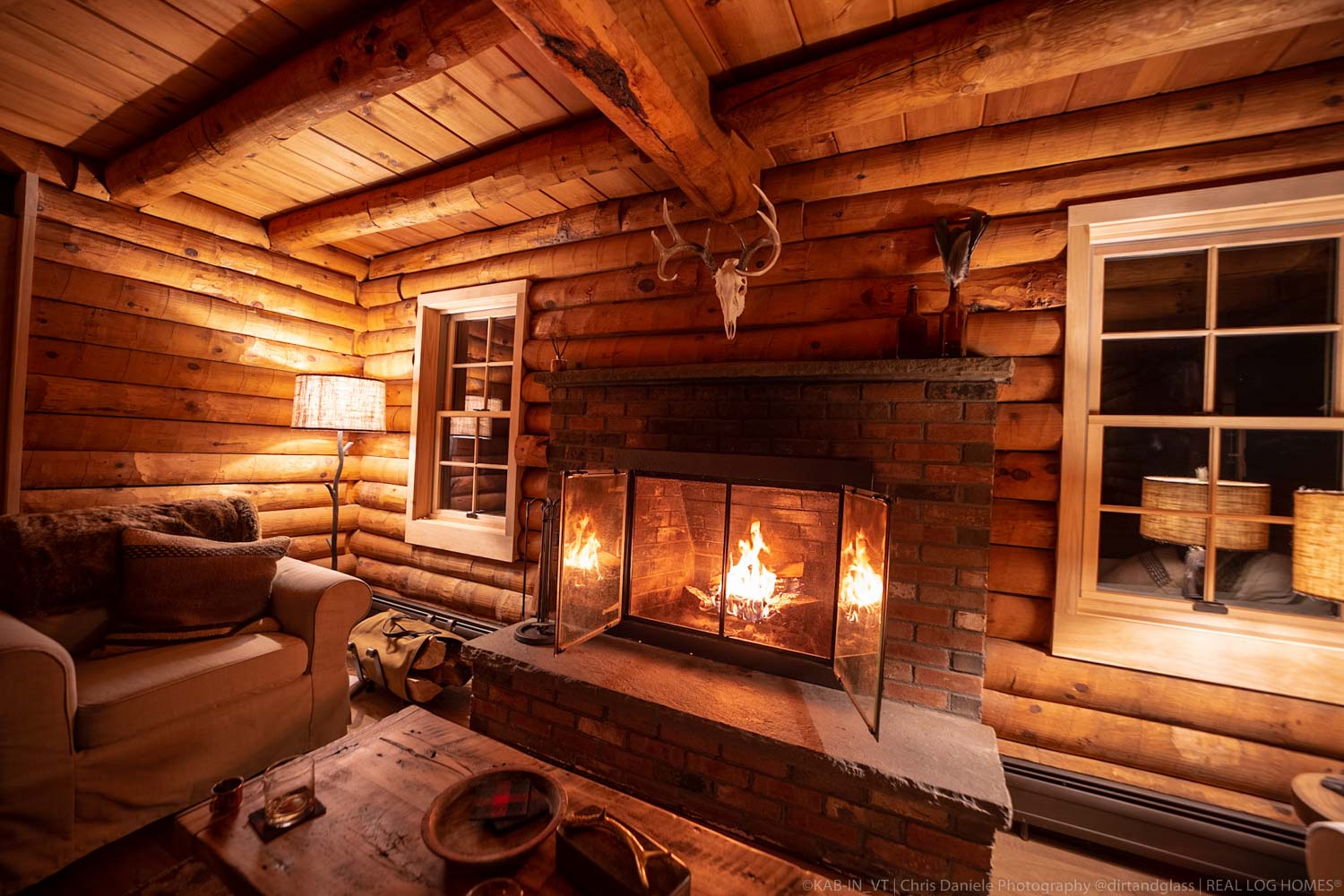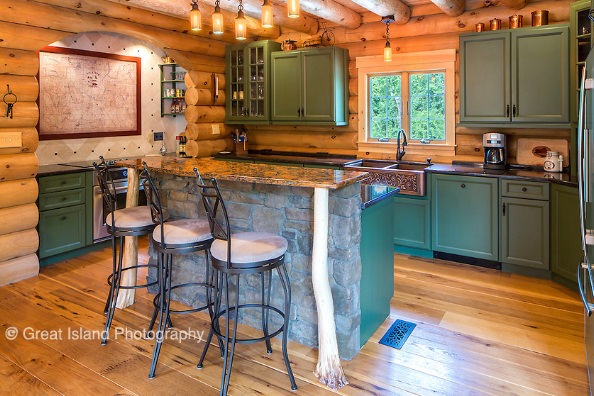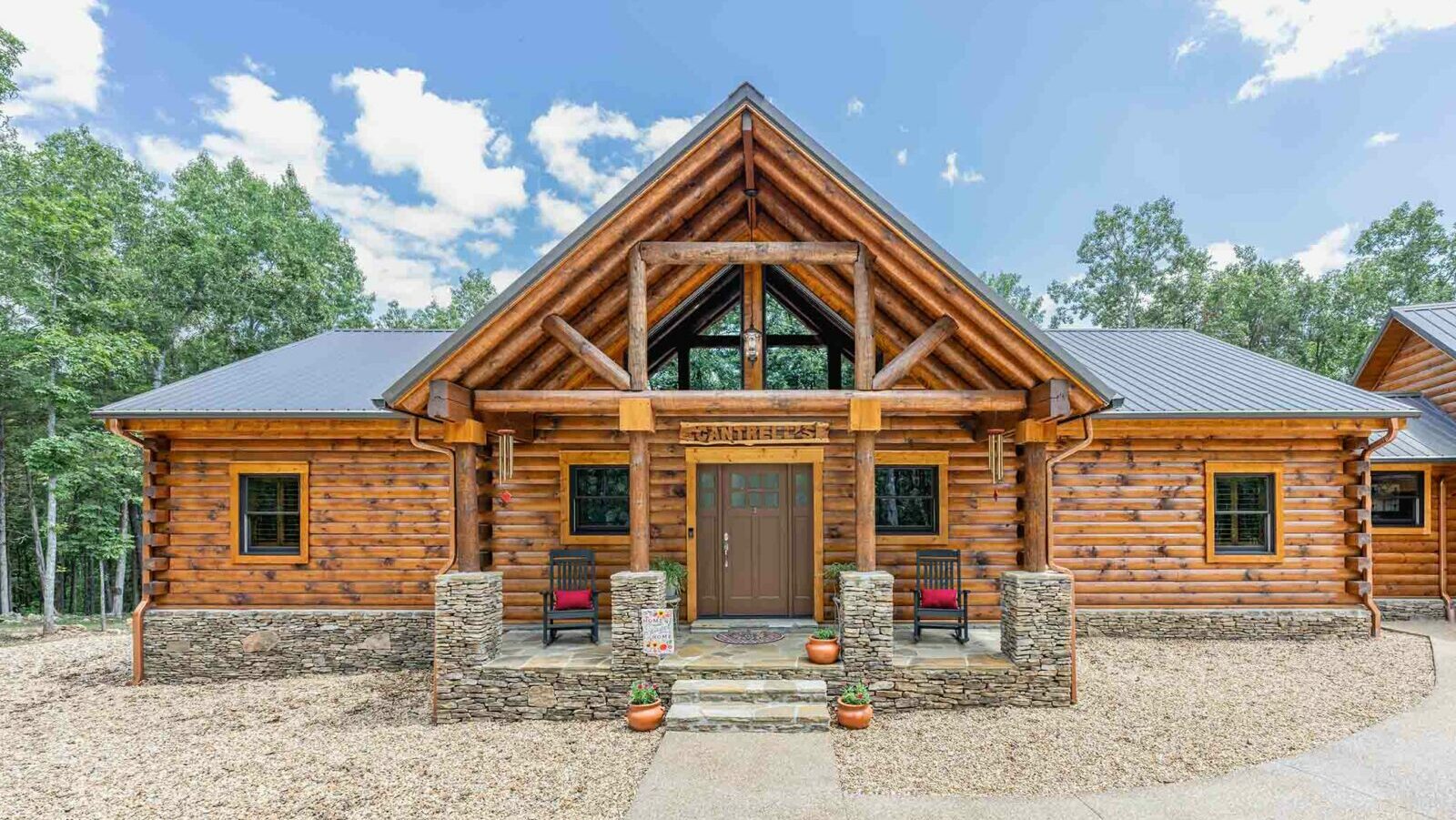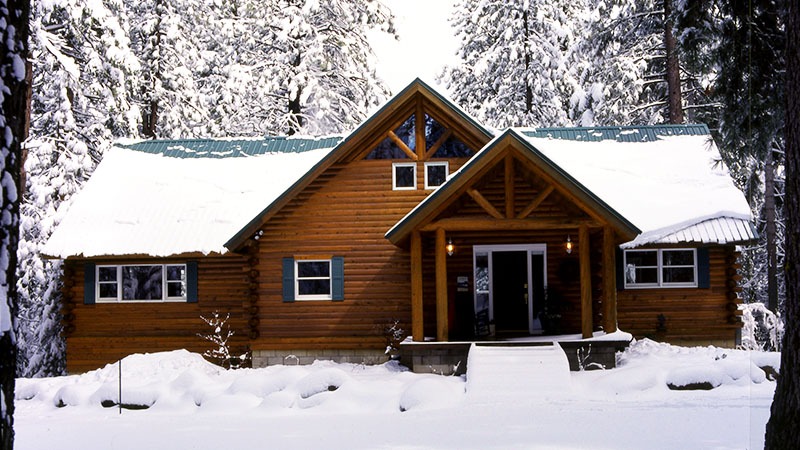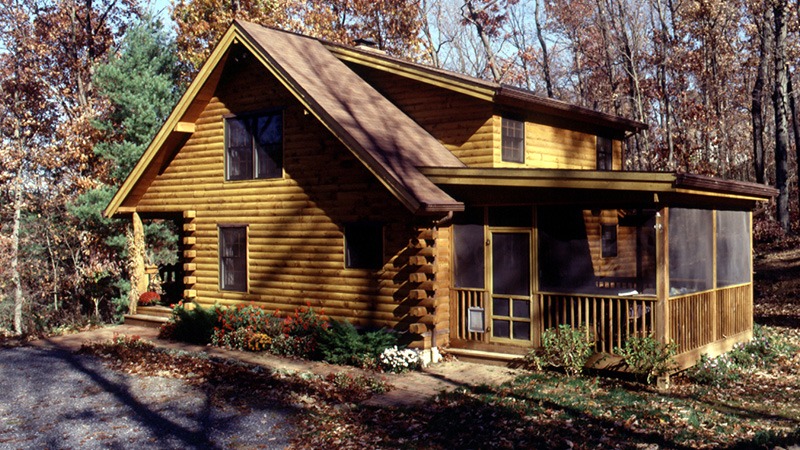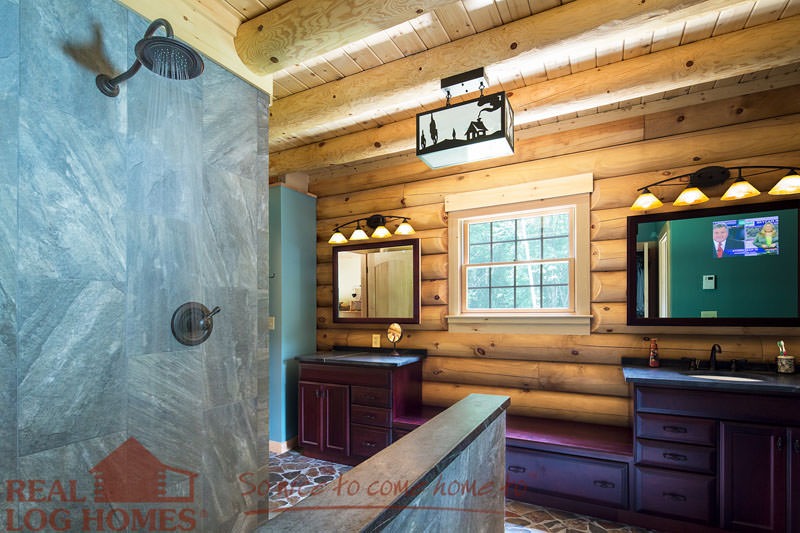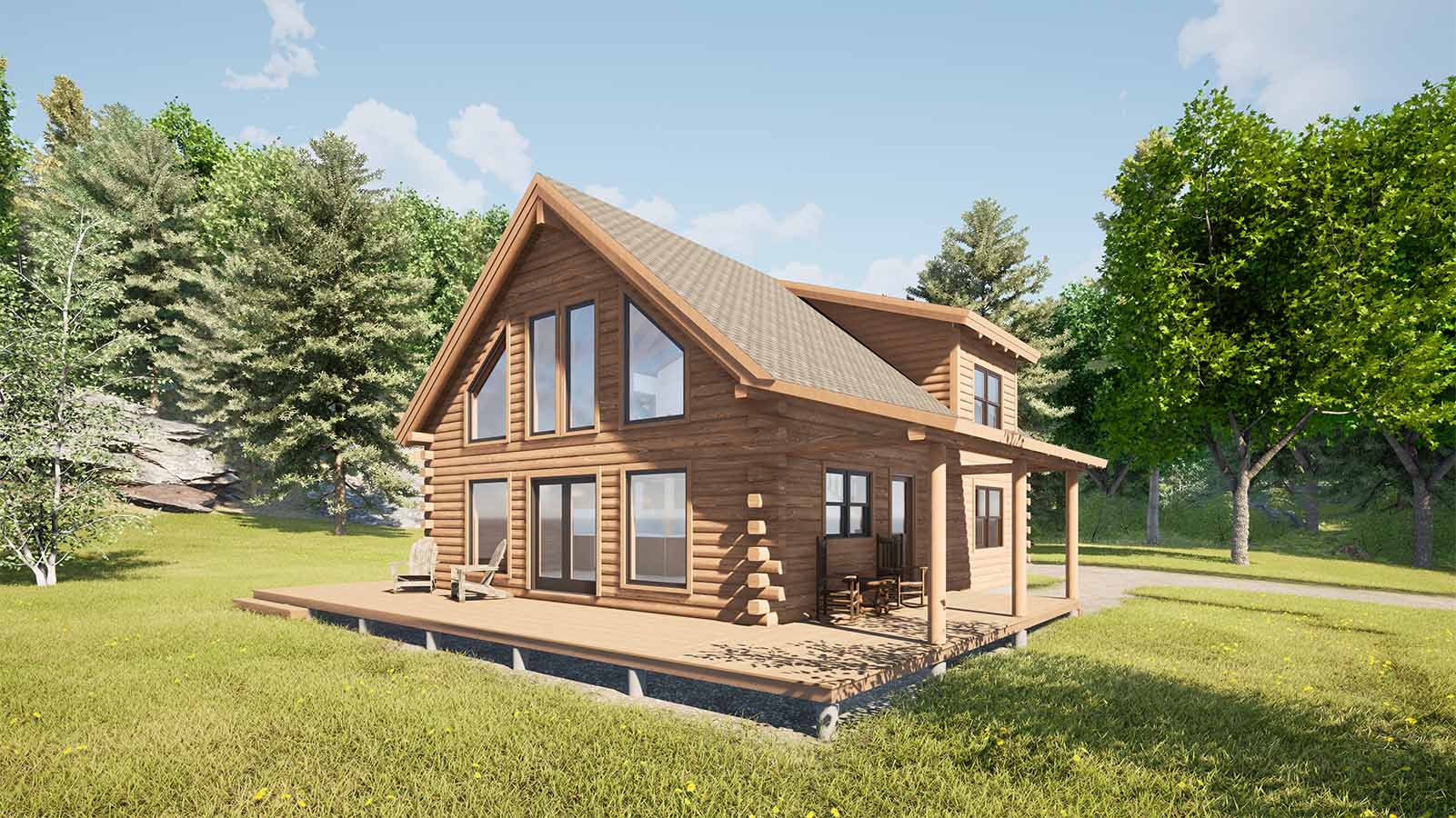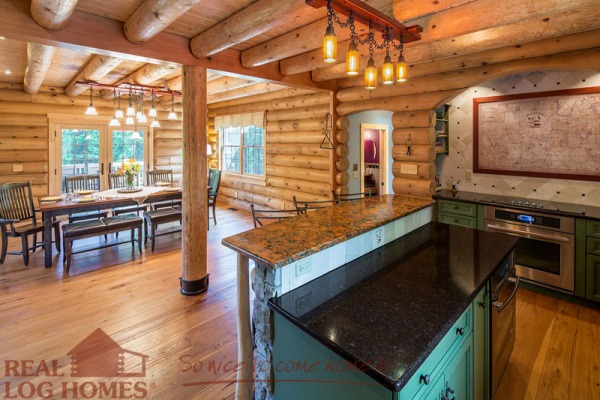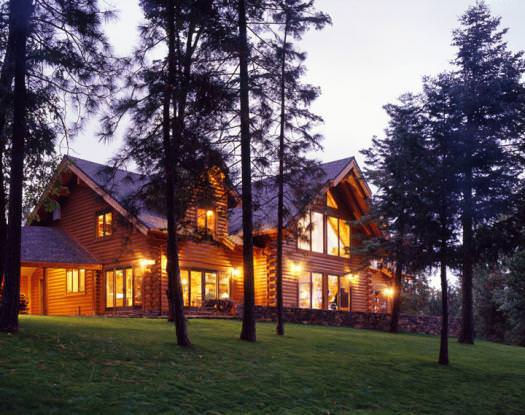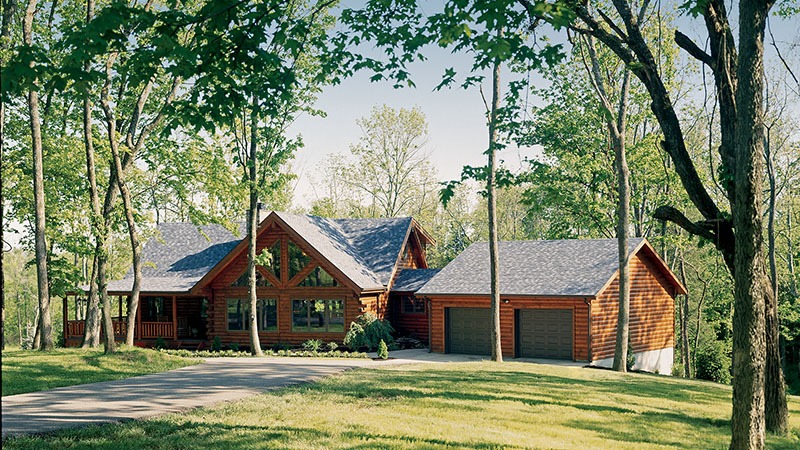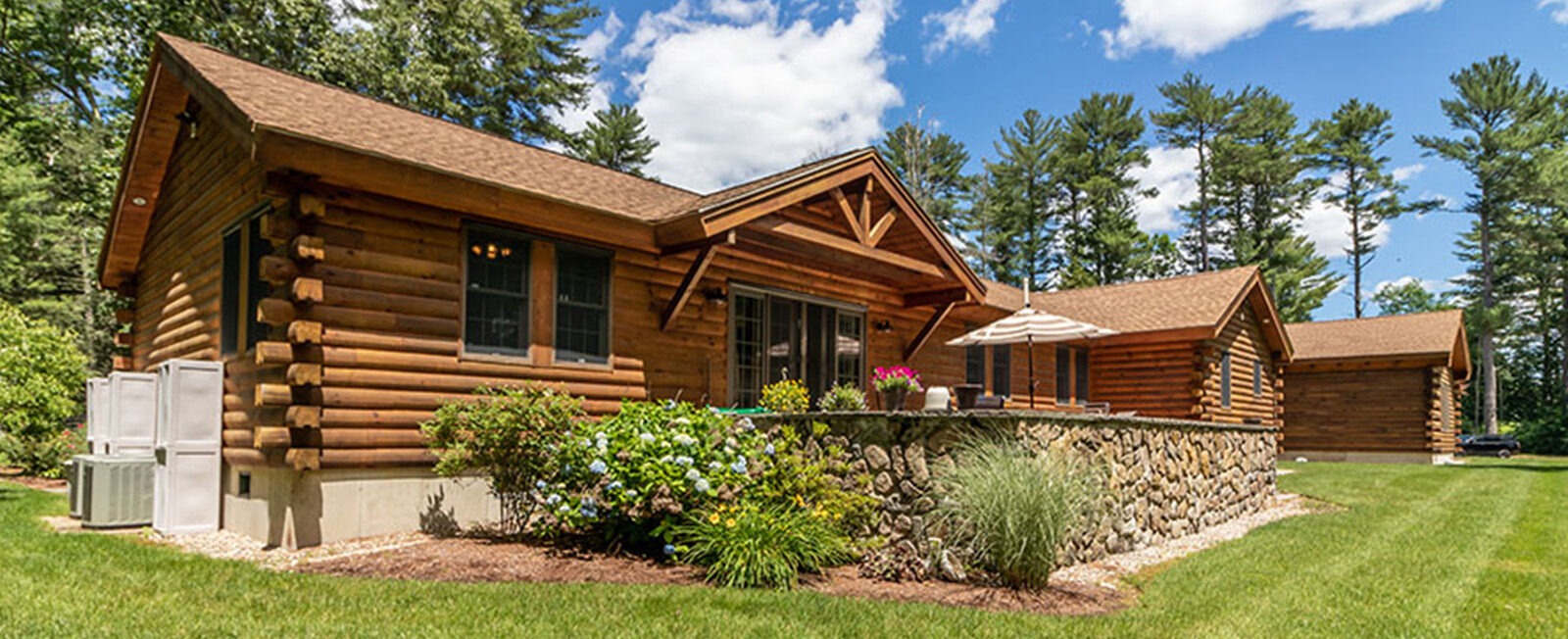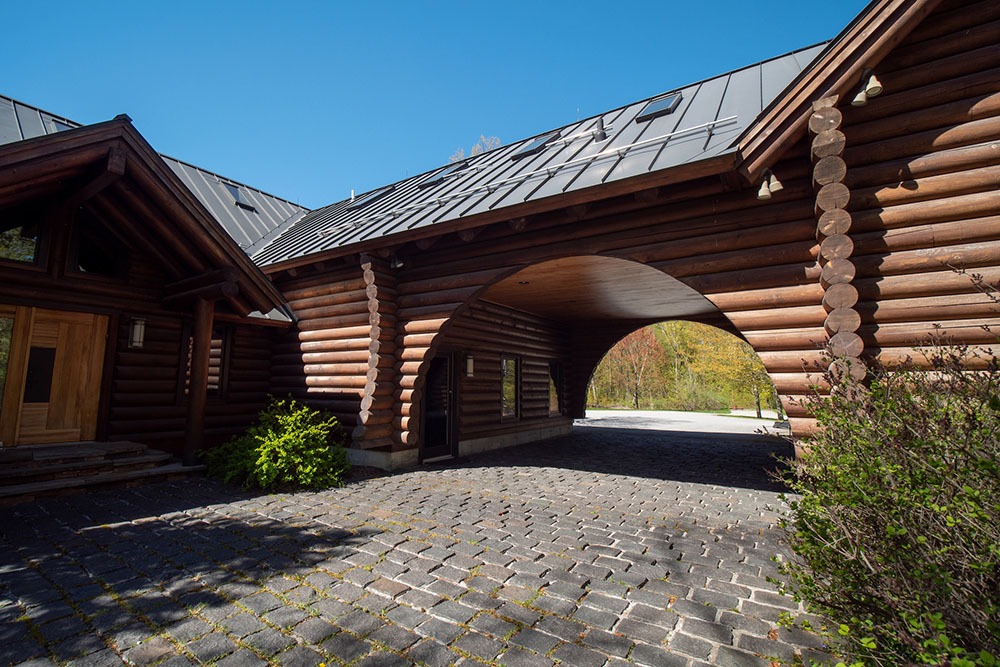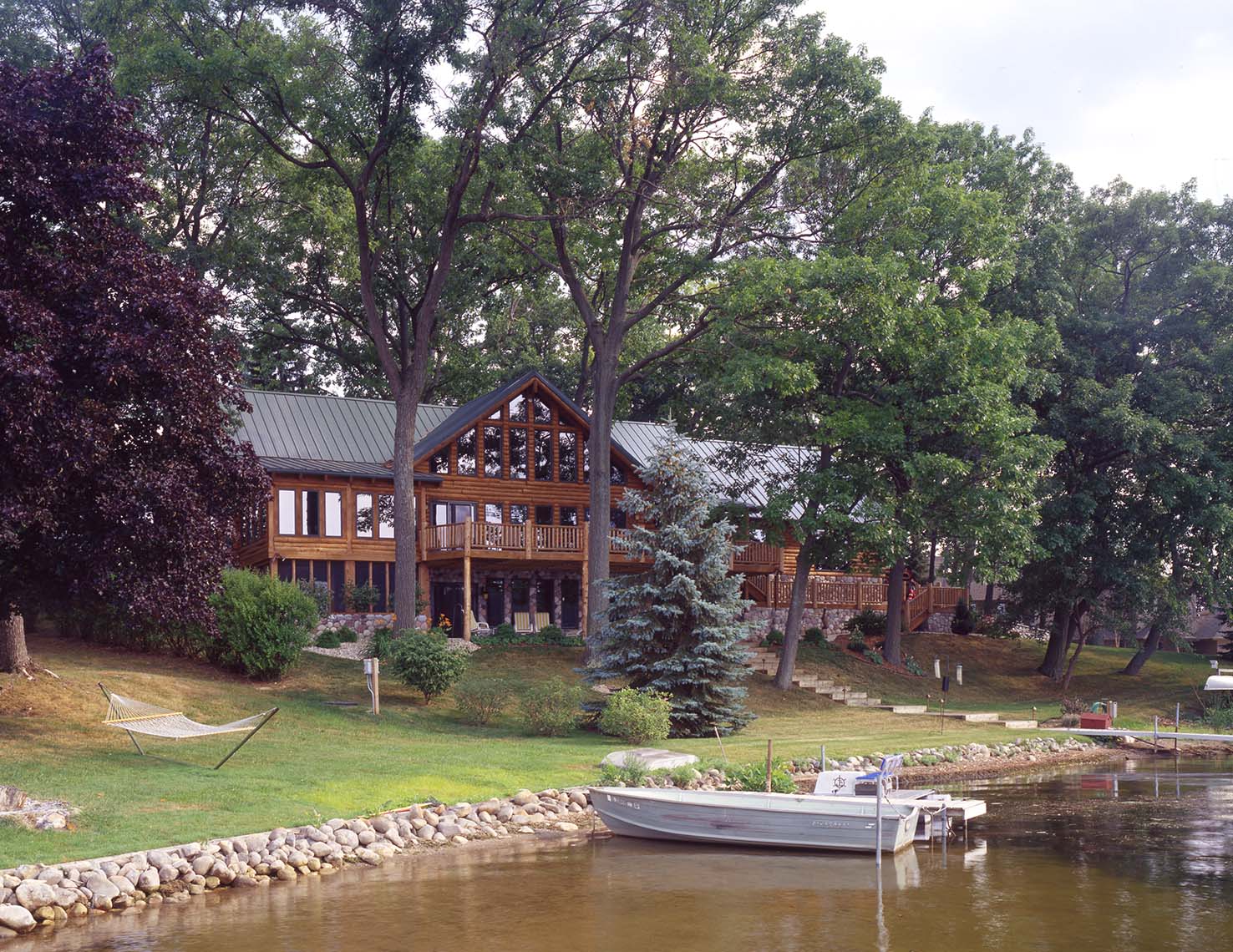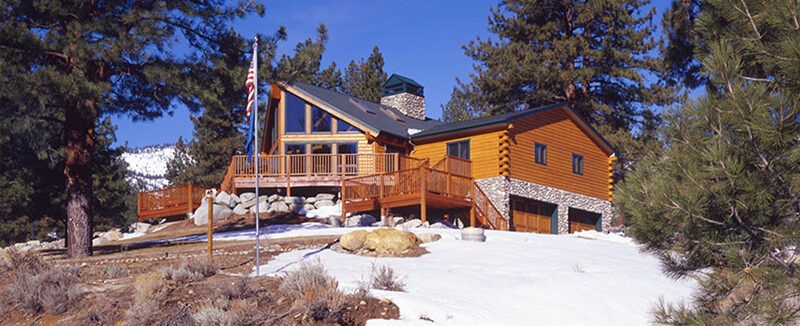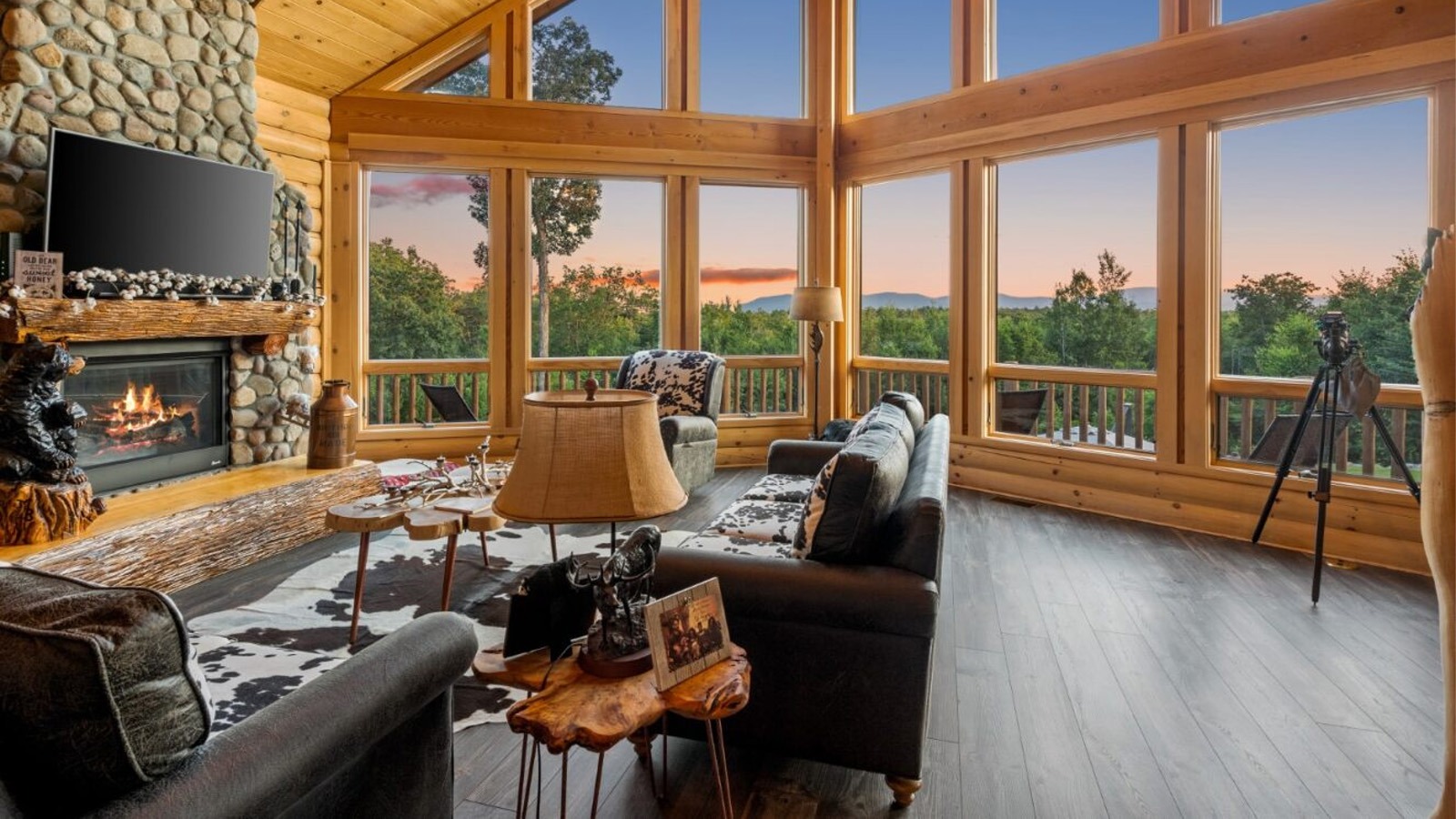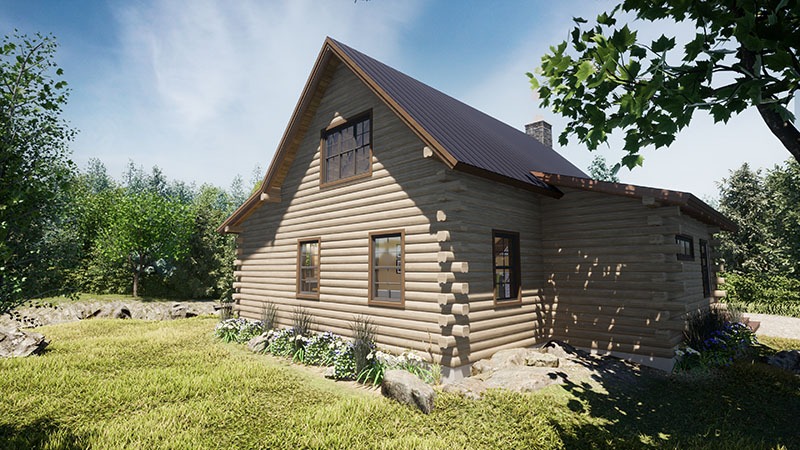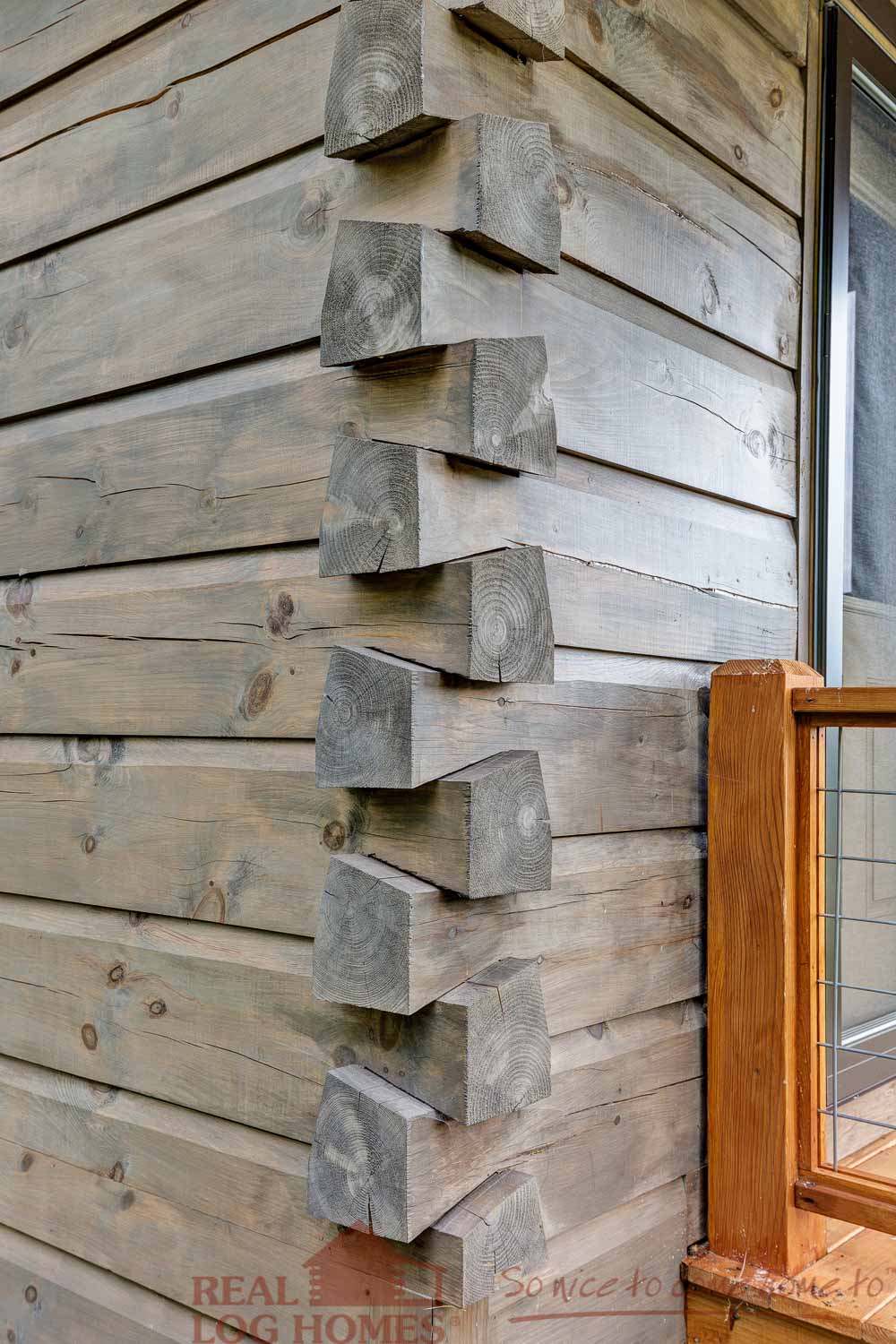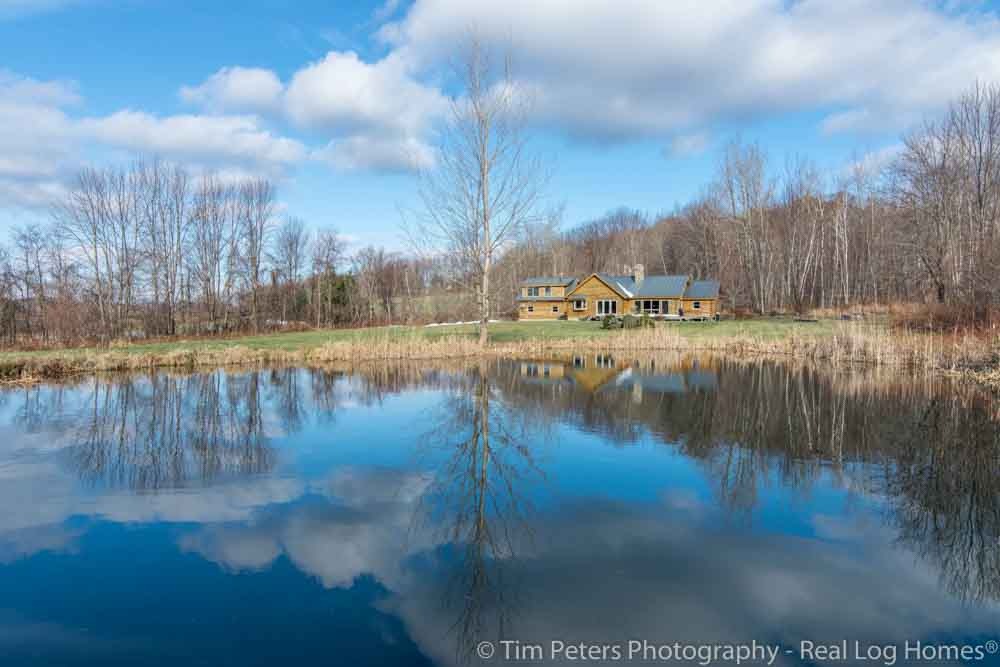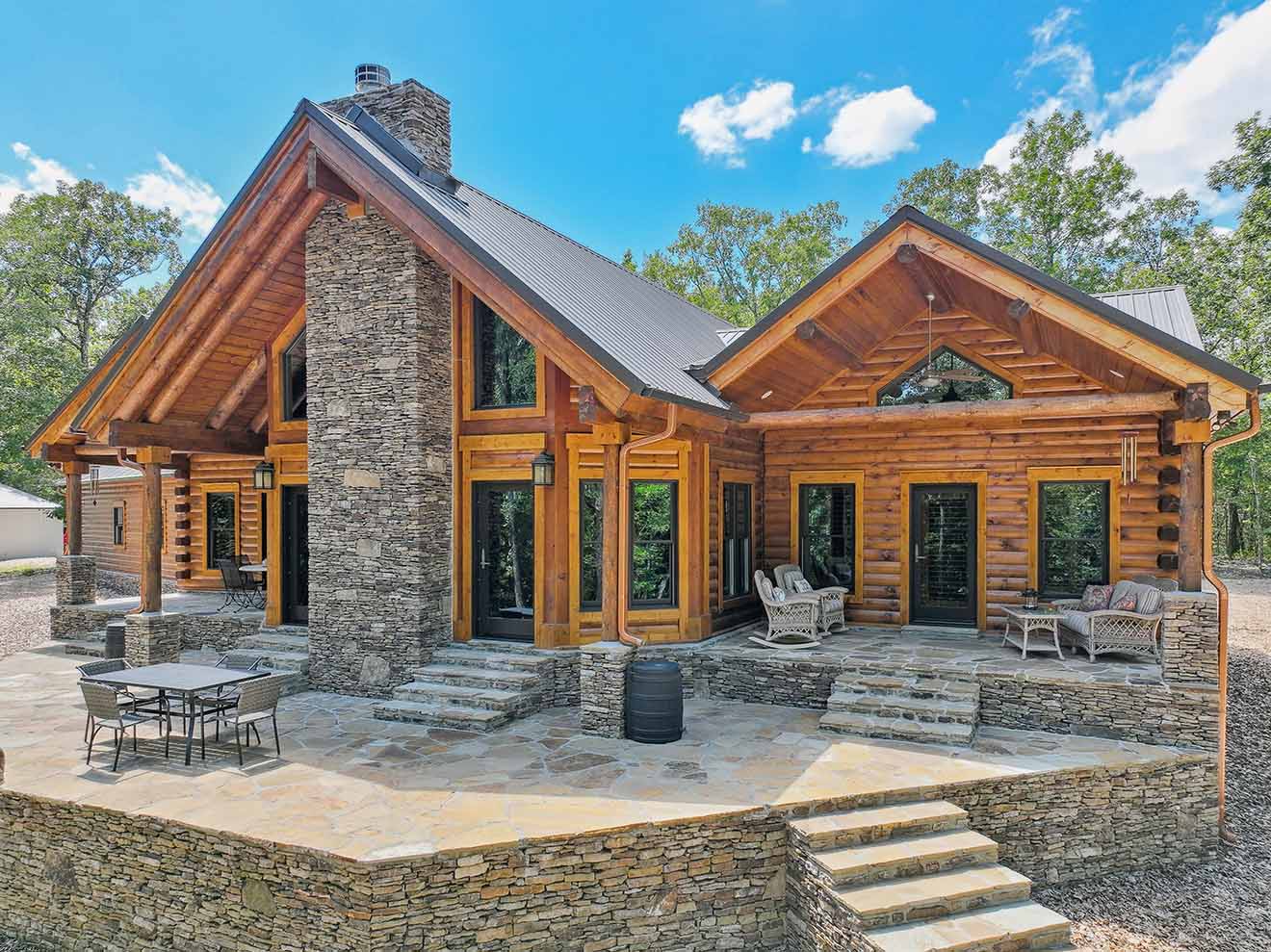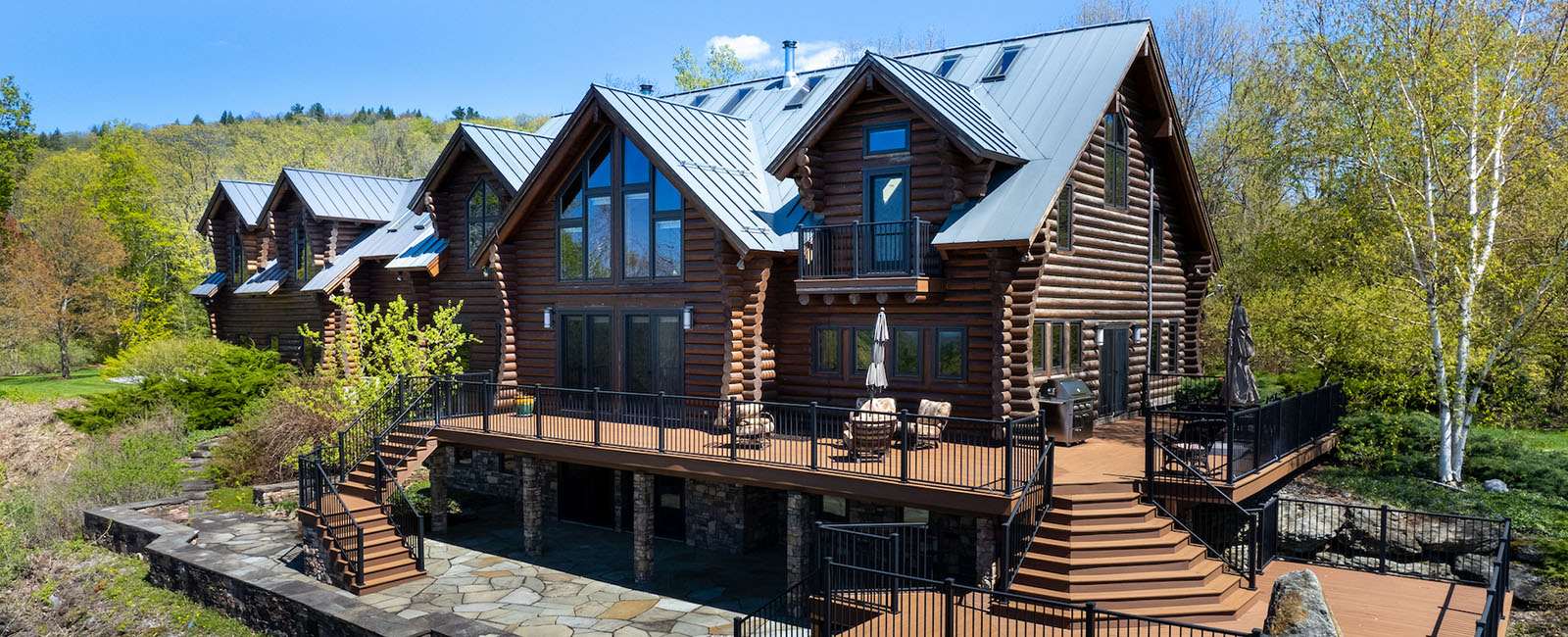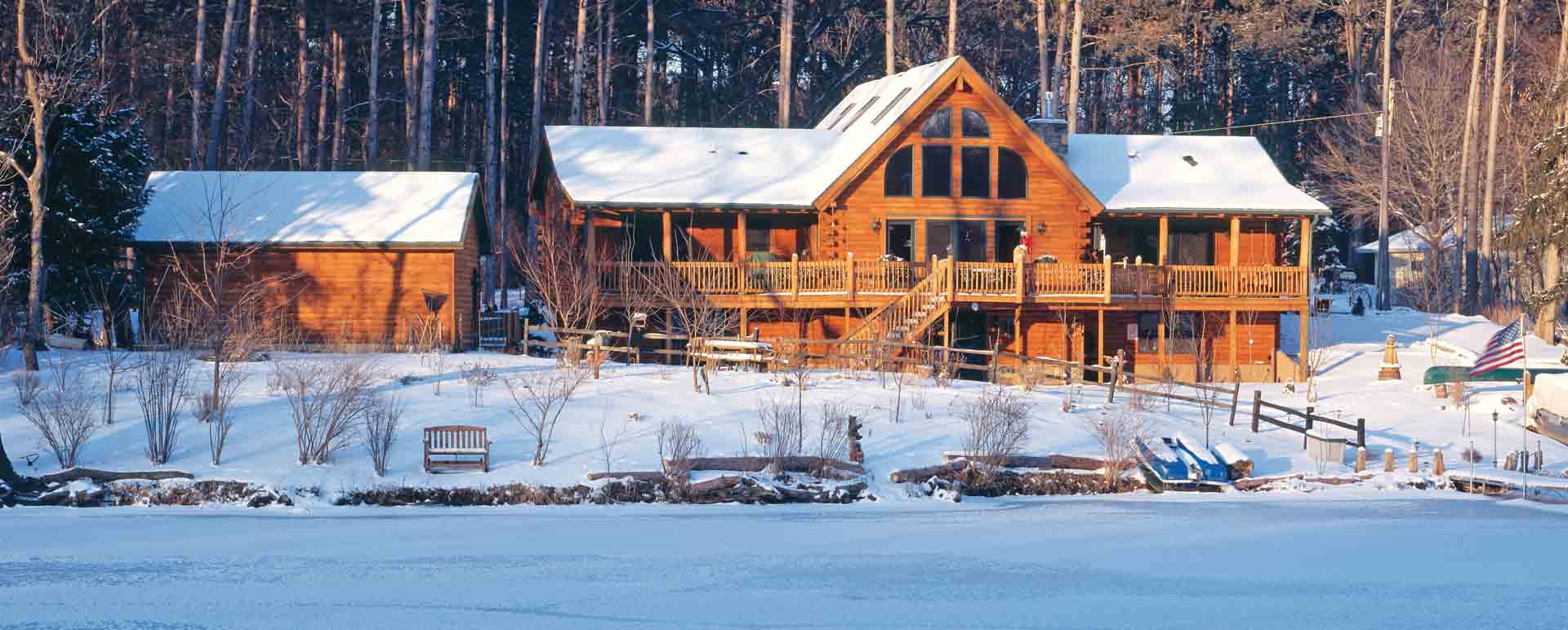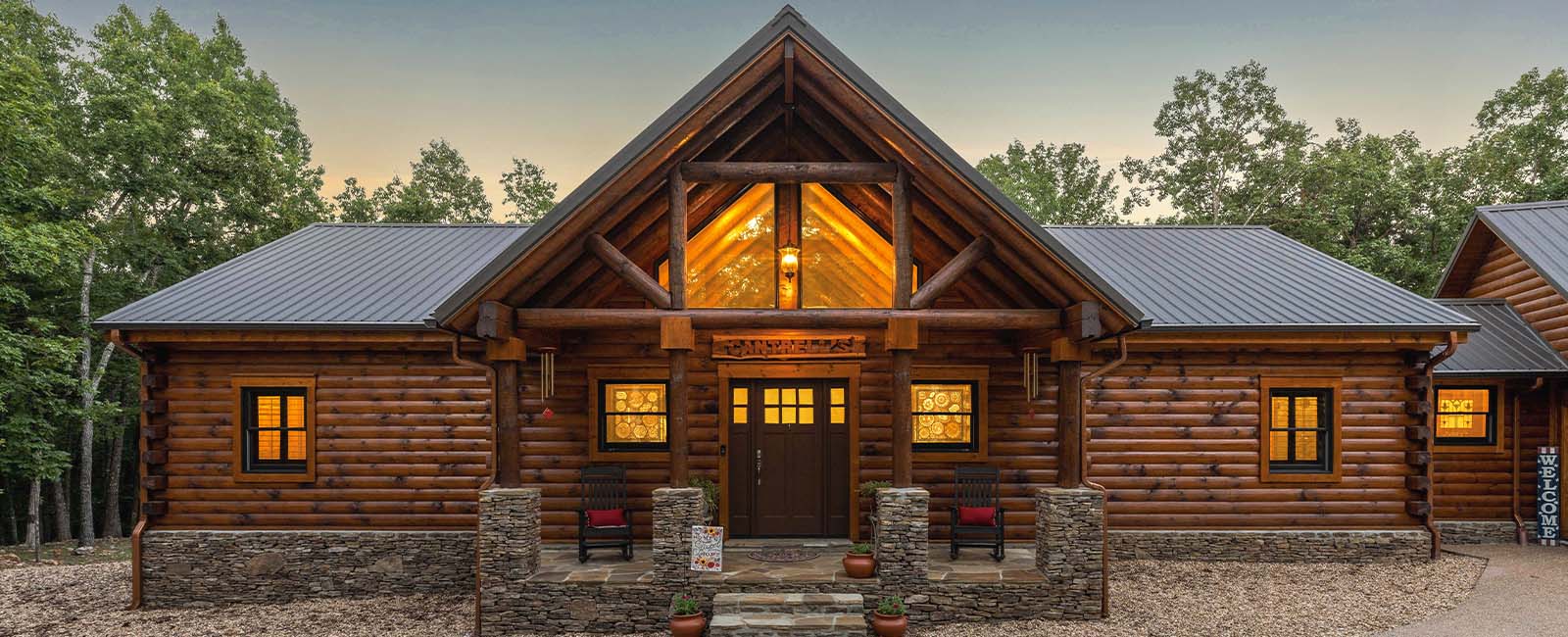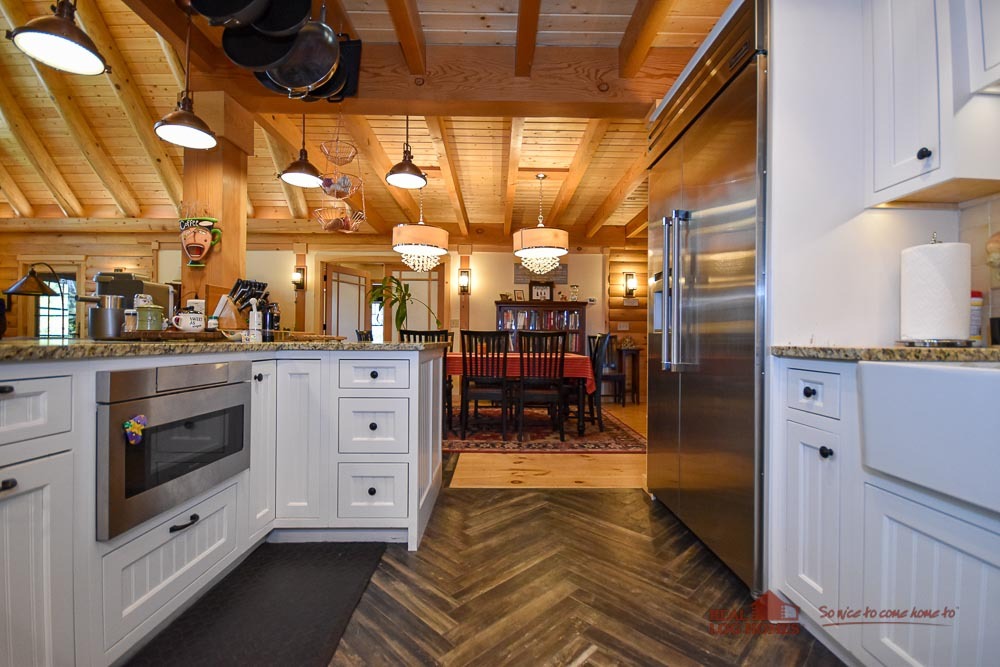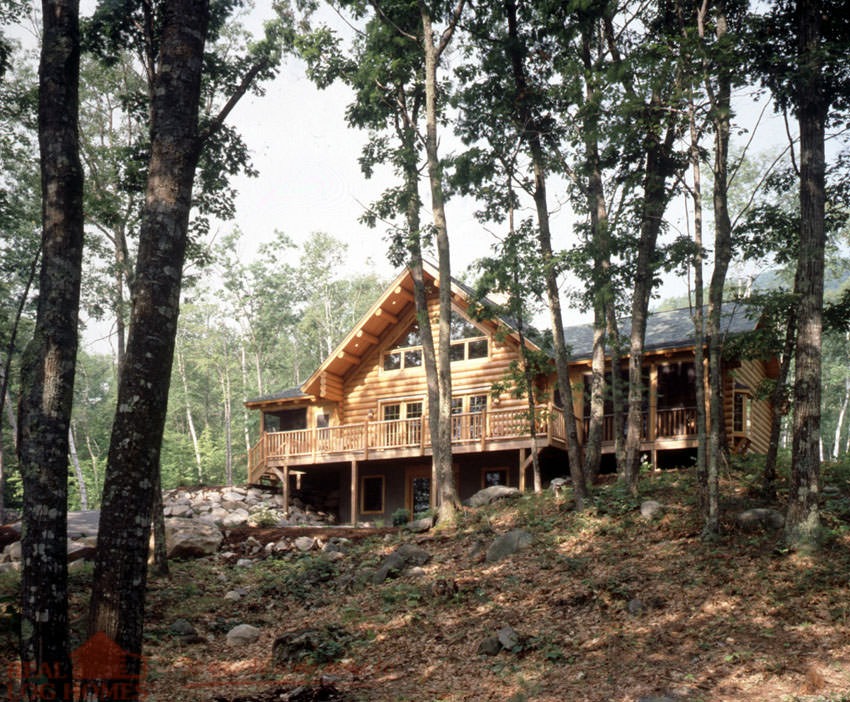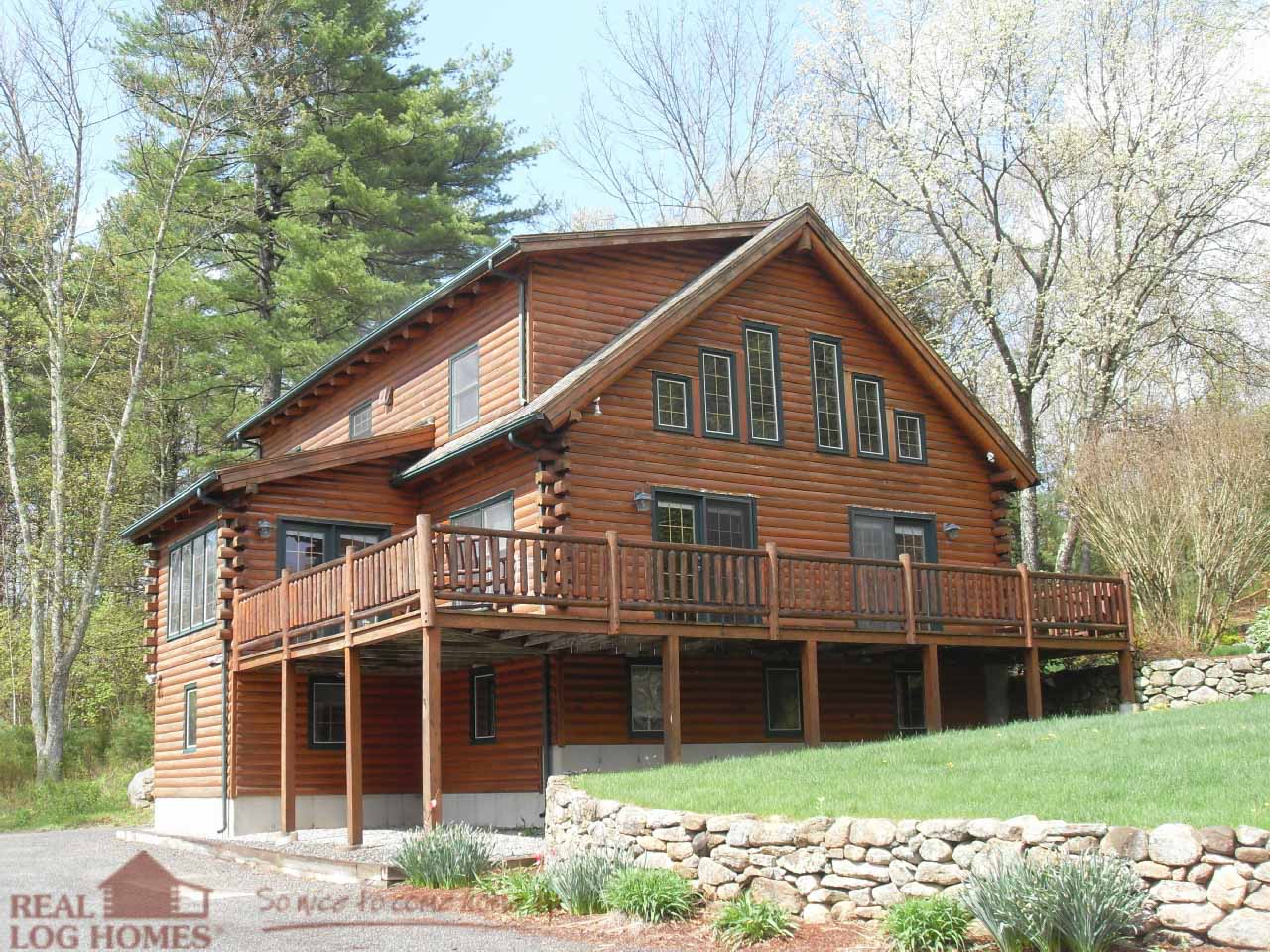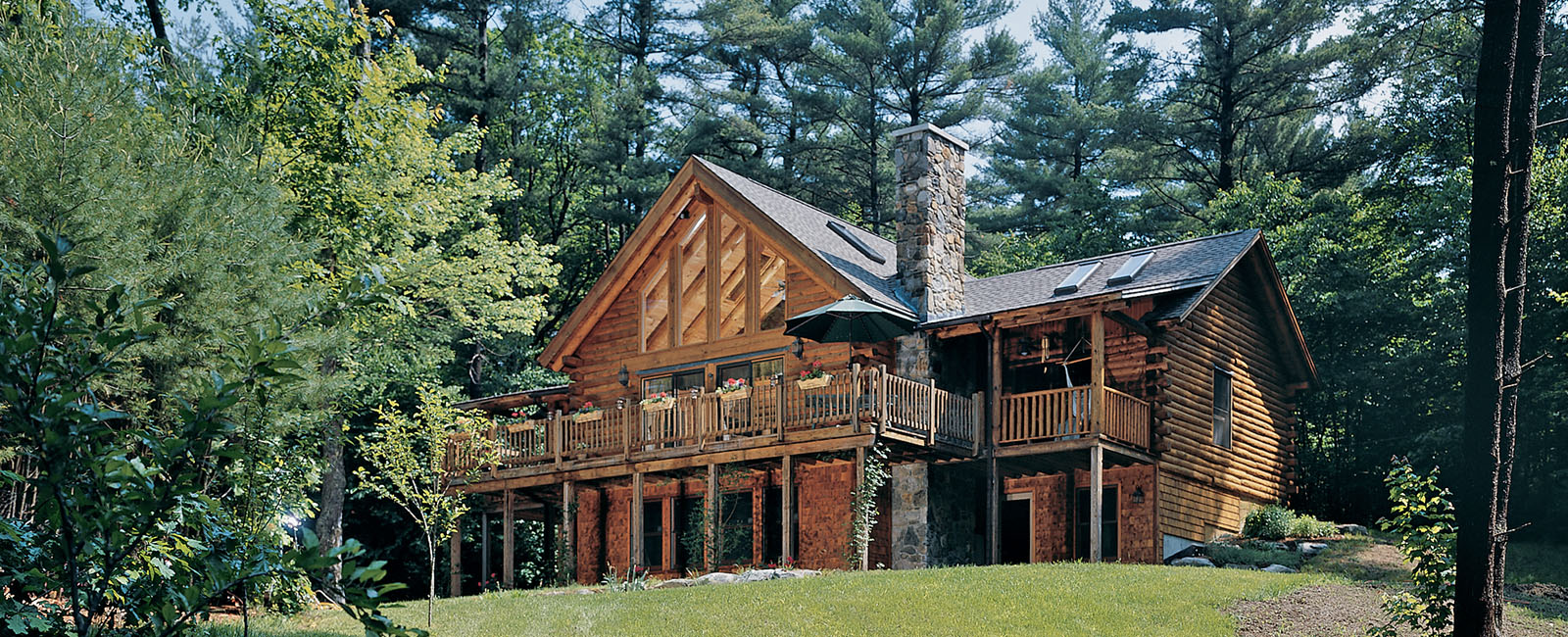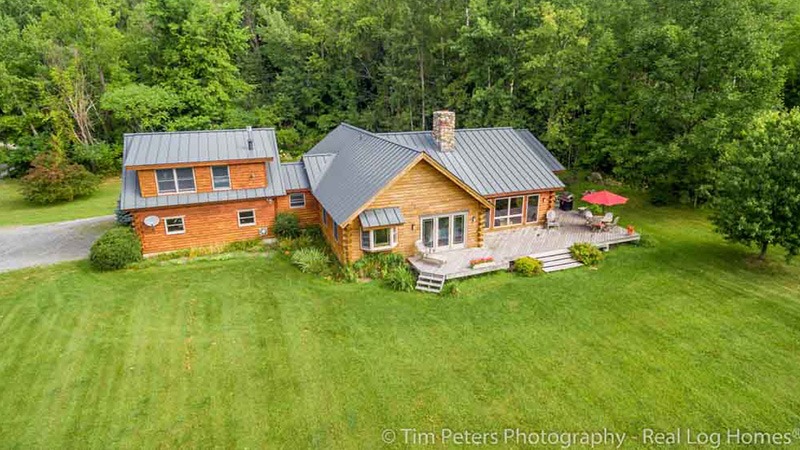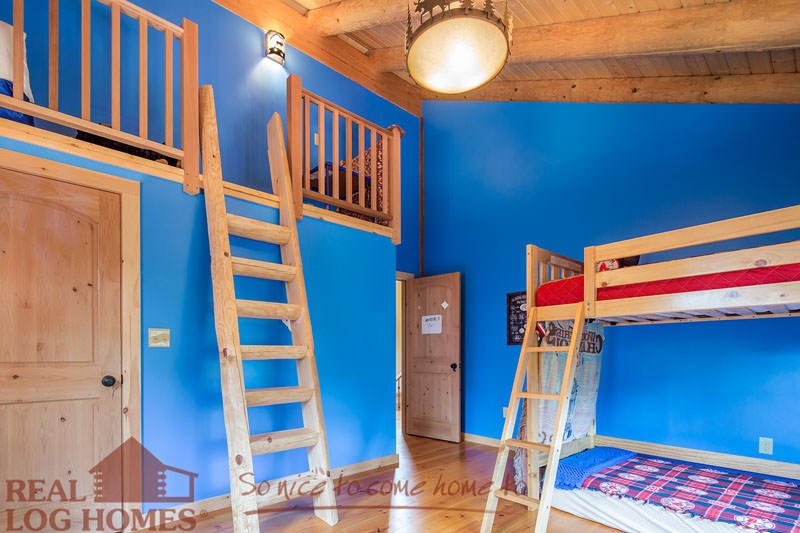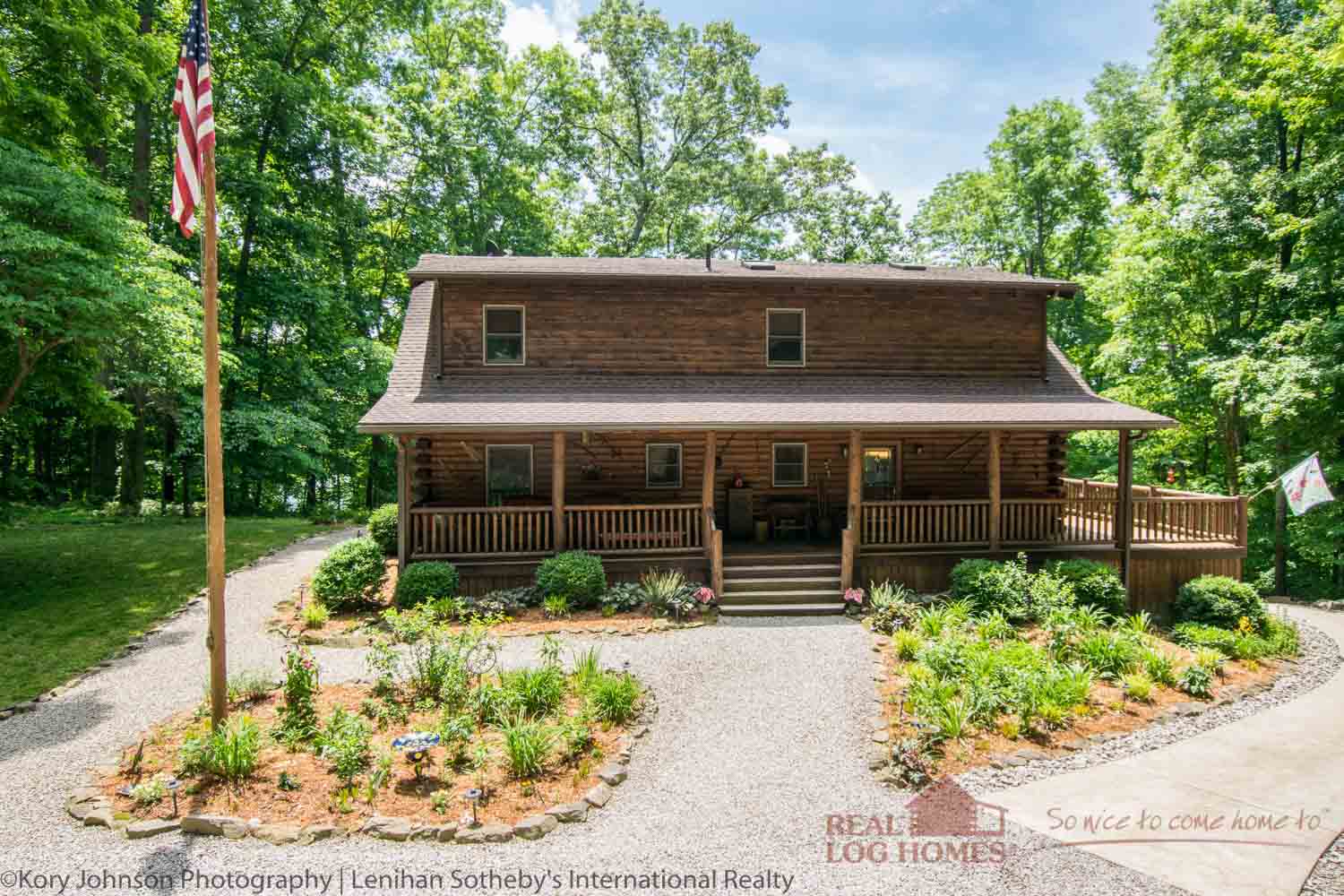In winter, it seems that comfort is the theme of the season. Comfort food is the dish of the day, and we gravitate to comfortable clothes. So, it’s only natural that this time of year gets us thinking about what makes a comfortable house. Many people think that furniture is the biggest factor that determines whether a home is comfortable. While that does help, there are many aspects to a home’s design that influence how comfortable it feels. Here are a few of the most important factors that go into a comfortable house.
Temperature is an important factor in comfort, but most people have too narrow a view of a comfortable temperature. While 72 degrees is regarded as room temperature, your comfort level probably varies throughout the day. Most people sleep better at a lower temperature than they find comfortable while awake. Programable thermostats are great for accomplishing this nighttime temperature set-back, and a separate heating zone for the bedrooms can also be a great idea.
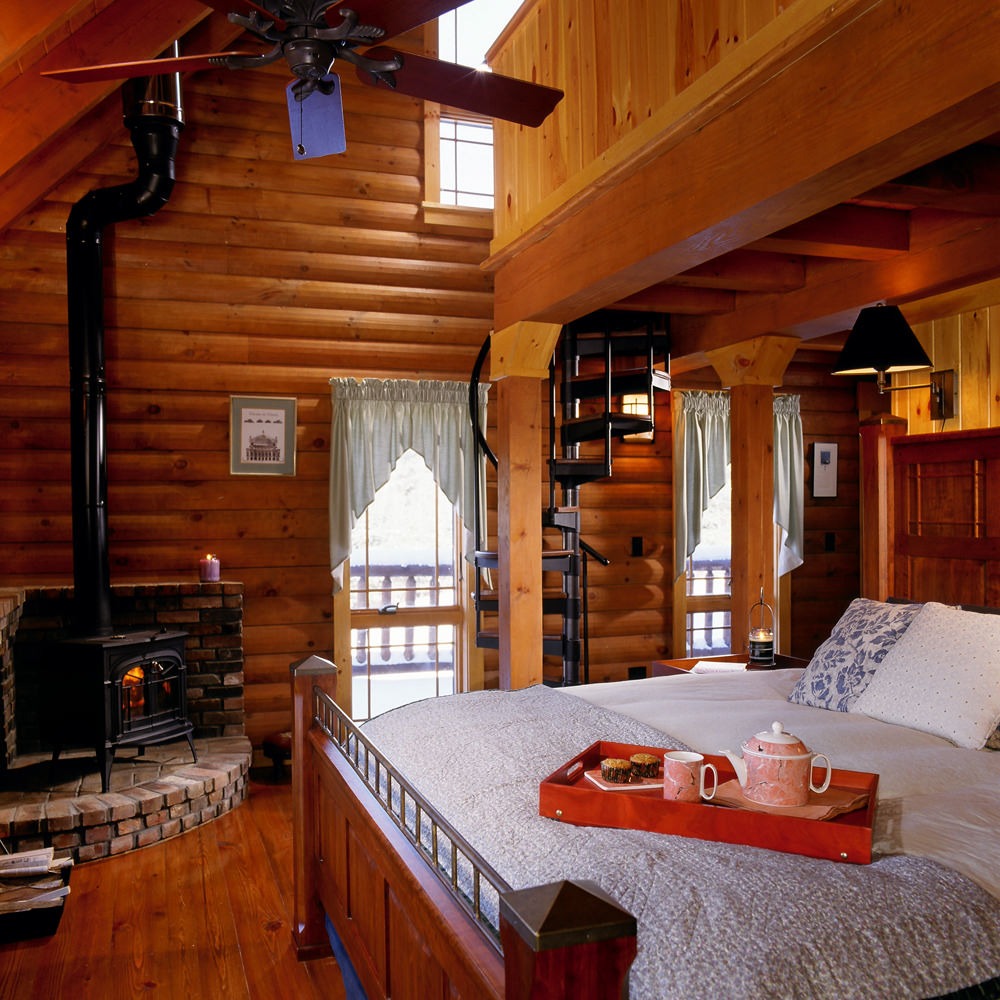
Along with temperature, you shouldn’t neglect humidity control. In the winter cold, moisture levels in the air are low and heating your house lowers the humidity even further. For greatest comfort, you should humidify the air to around 30 to 50 percent relative humidity depending on your personal preference. In the log home, it is best to maintain a constant relative humidity year-round. Read our guide on humidity control here.
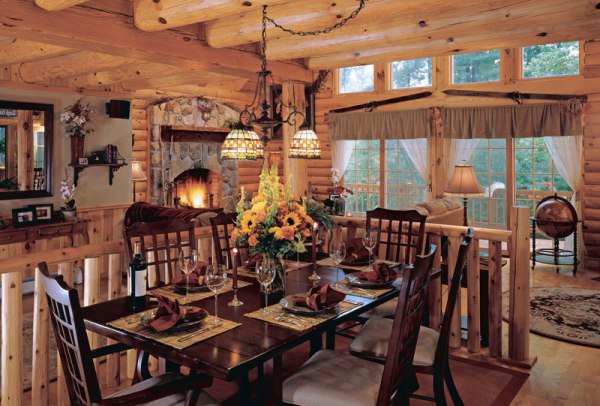
Natural light is also an aspect that contributes greatly to the comfort of rooms within the home. While windows on one wall are a great source of light, comfortable rooms usually have natural light entering from multiple sides of the room. Perhaps it is the minimized shadows that the multiple windows provide, or just the greater coverage of natural light, but given a choice people will prefer rooms with light entering from multiple directions. When designing a space where people will spend a great deal of time, like great rooms or master bedroom suites, making sure that more than one wall has windows makes the space more comfortable. Skylights can also be used in rooms where only one wall is available for windows.
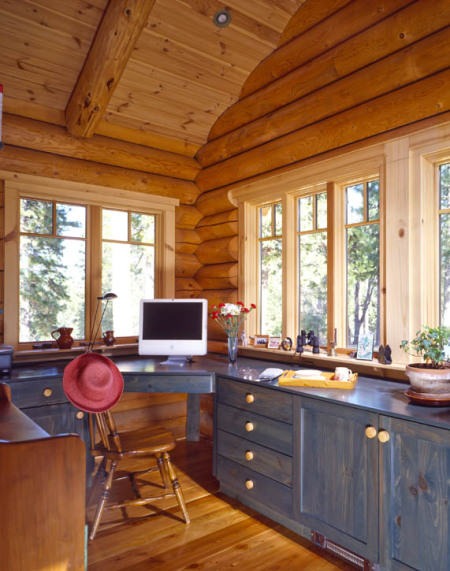
Ceiling height is also an important consideration in making a comfortable room. Large rooms demand high ceilings to feel balanced, but the space might not be comfortable. By sloping the ceiling, like in a cathedral-ceilinged great room, the space feels balanced yet still reassuringly comfortable.
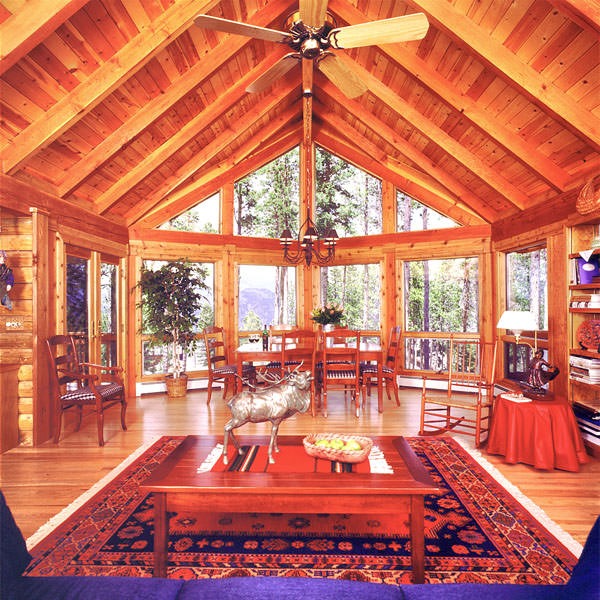
We hope you’ve found this guide to creating a comfortable home illuminating. If you’re looking to create a comfortable log home of your own, please call Real Log Homes today or fill out the form below for more information!
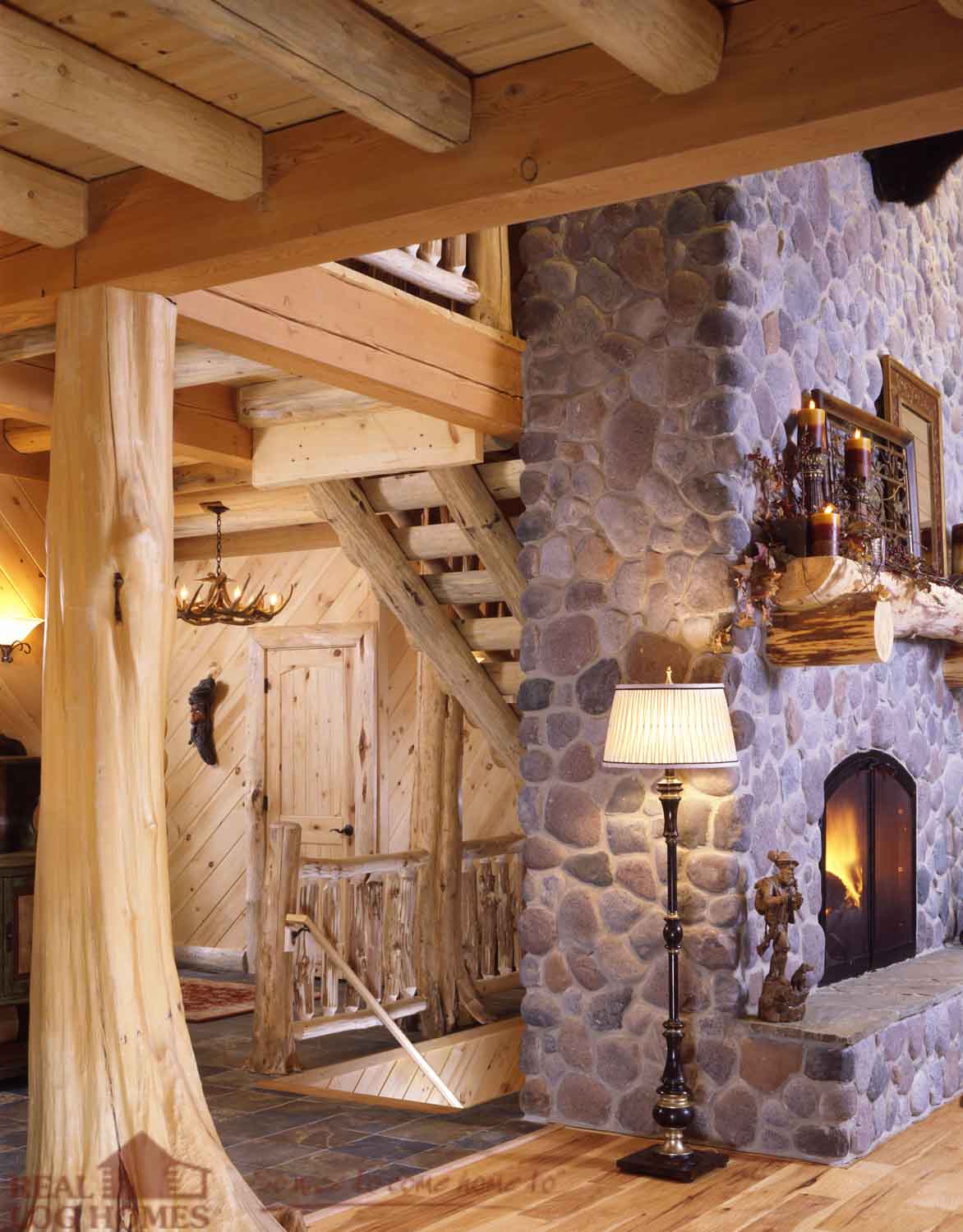
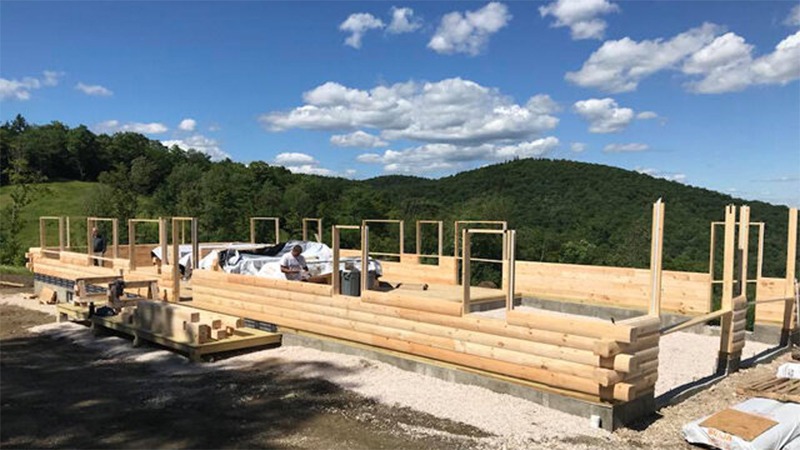
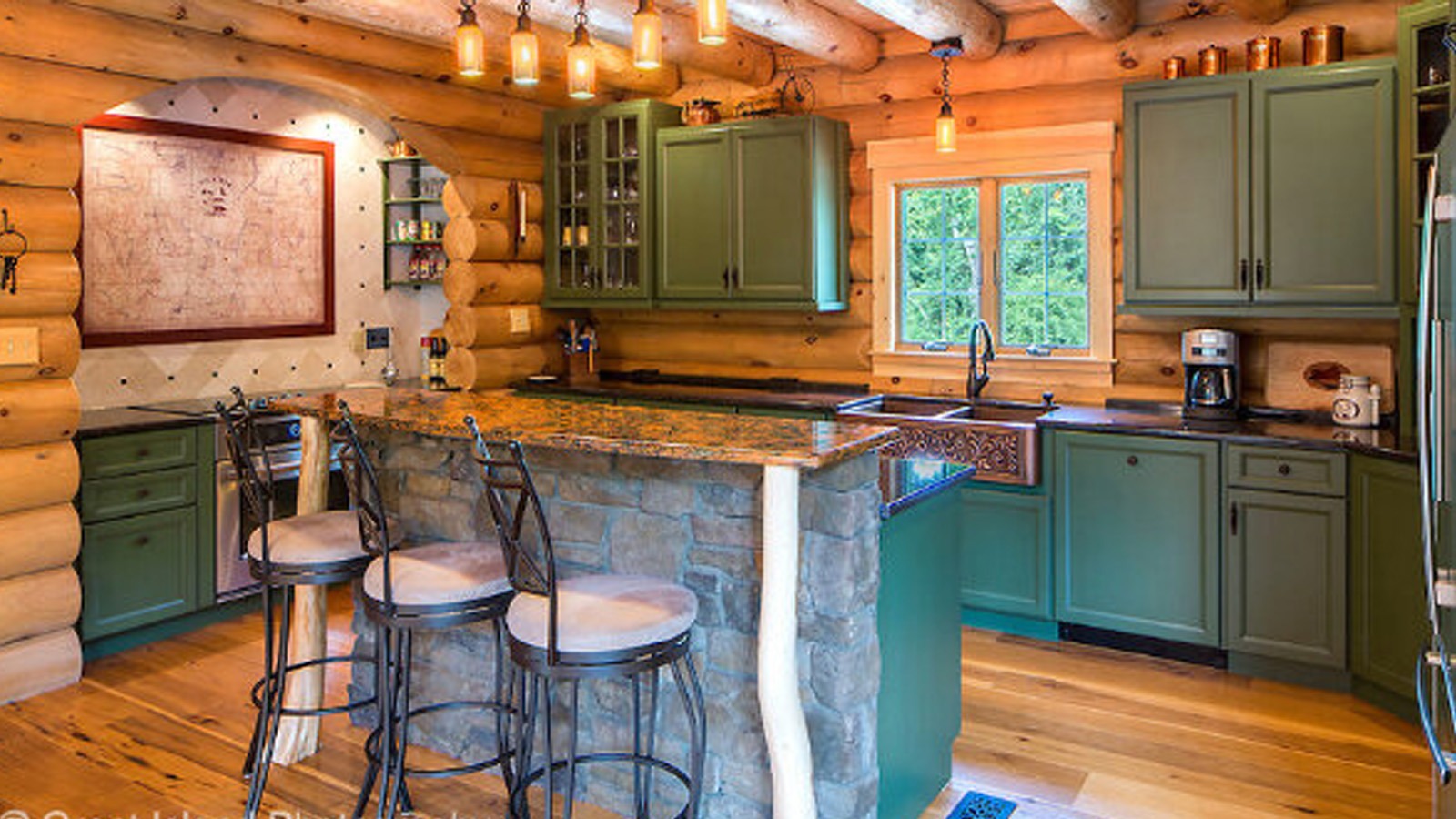
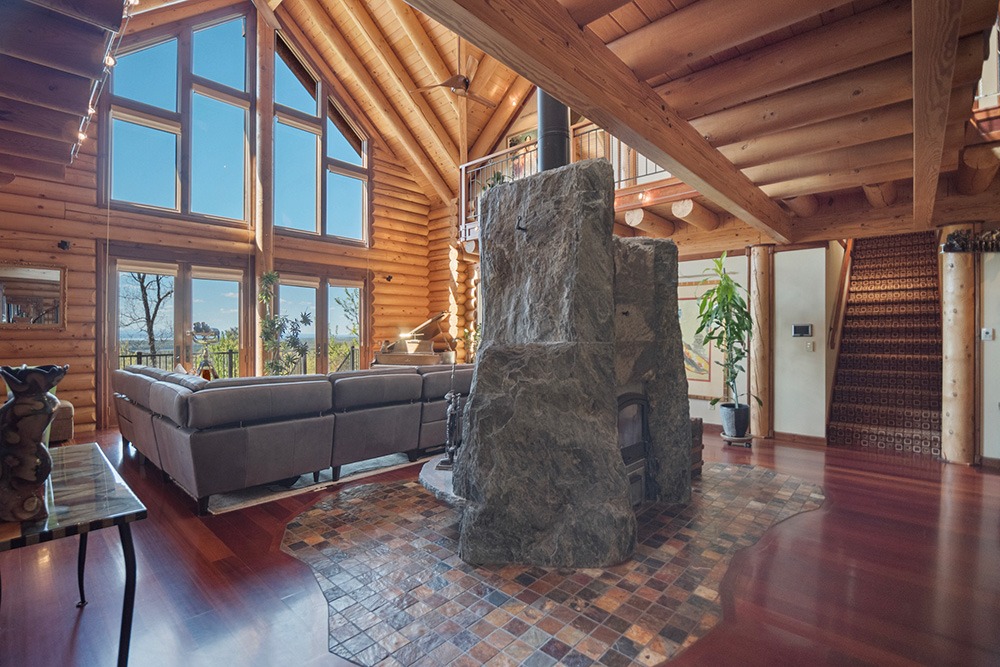
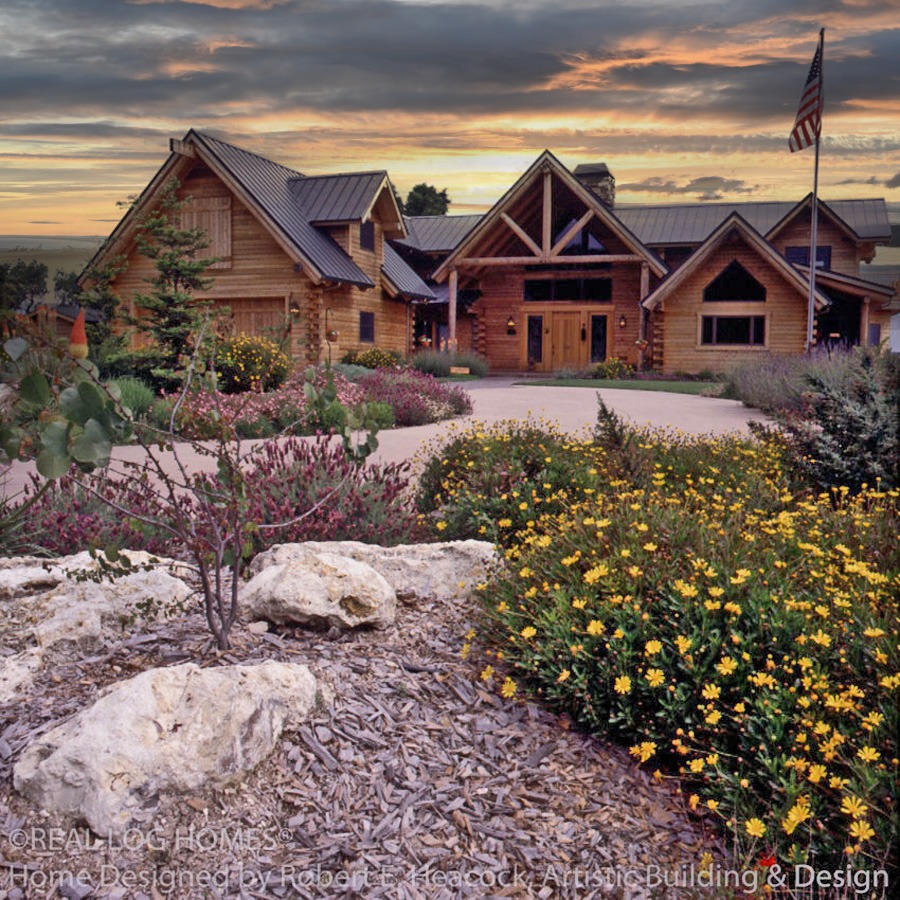
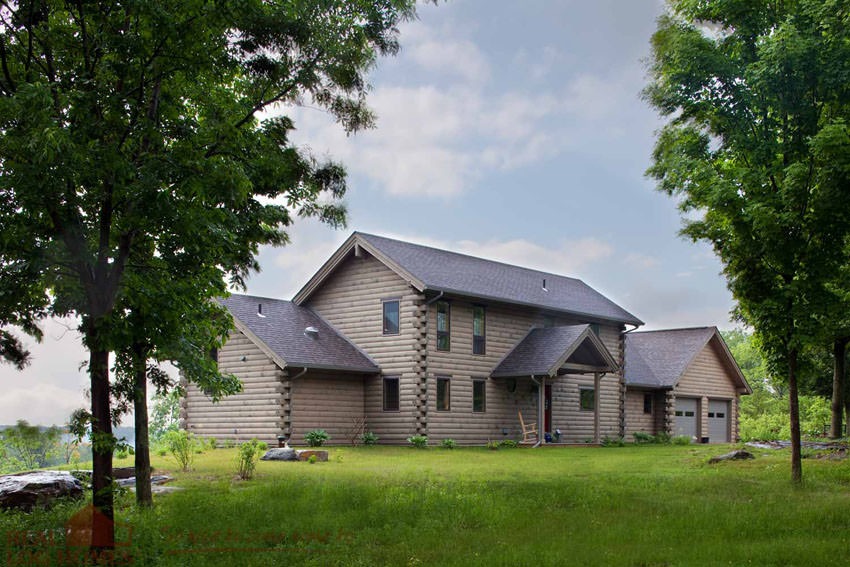
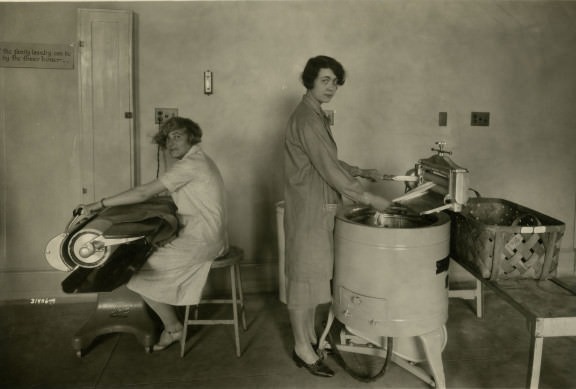
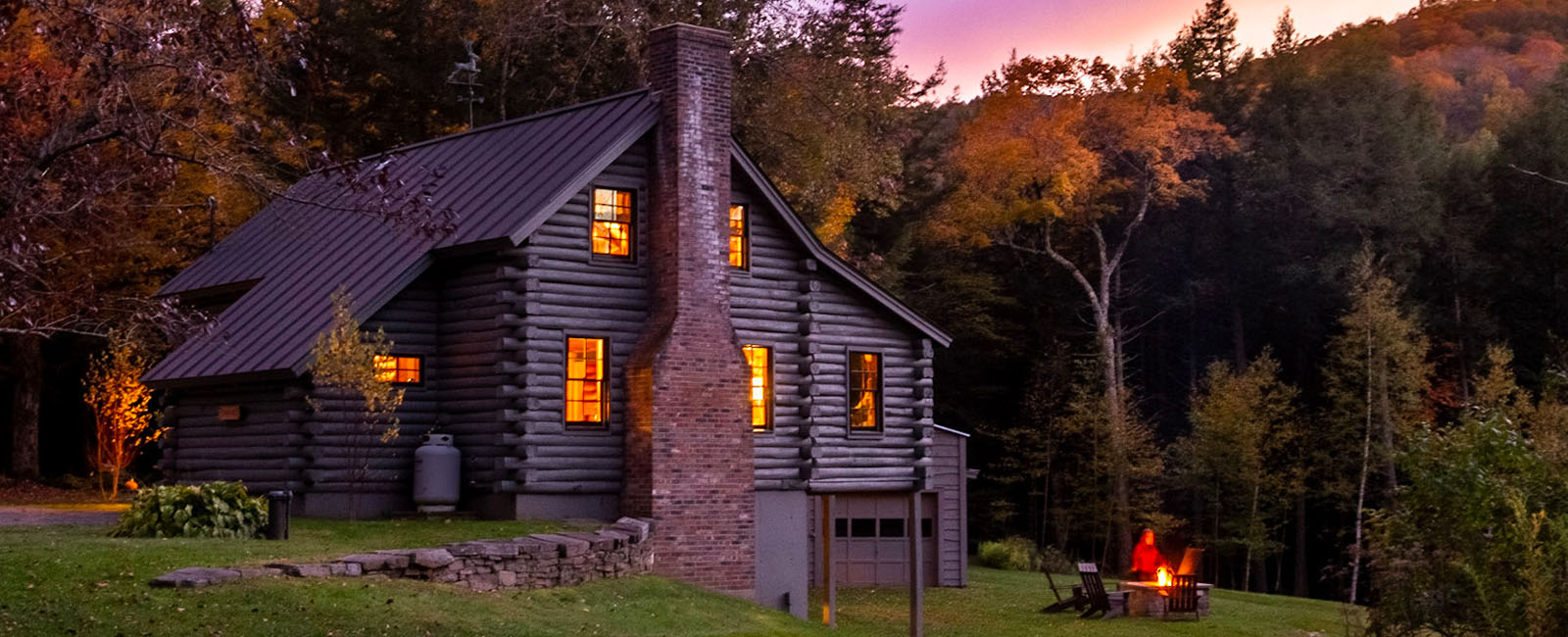
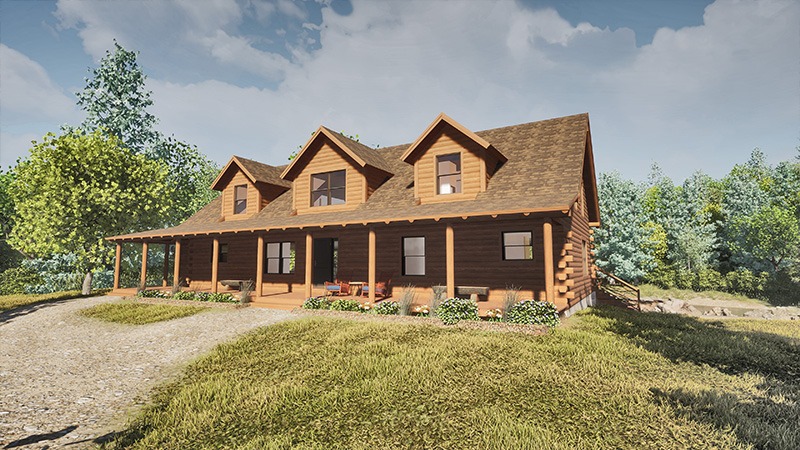
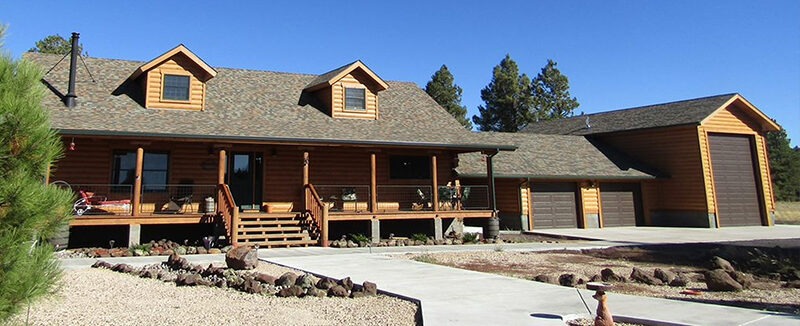
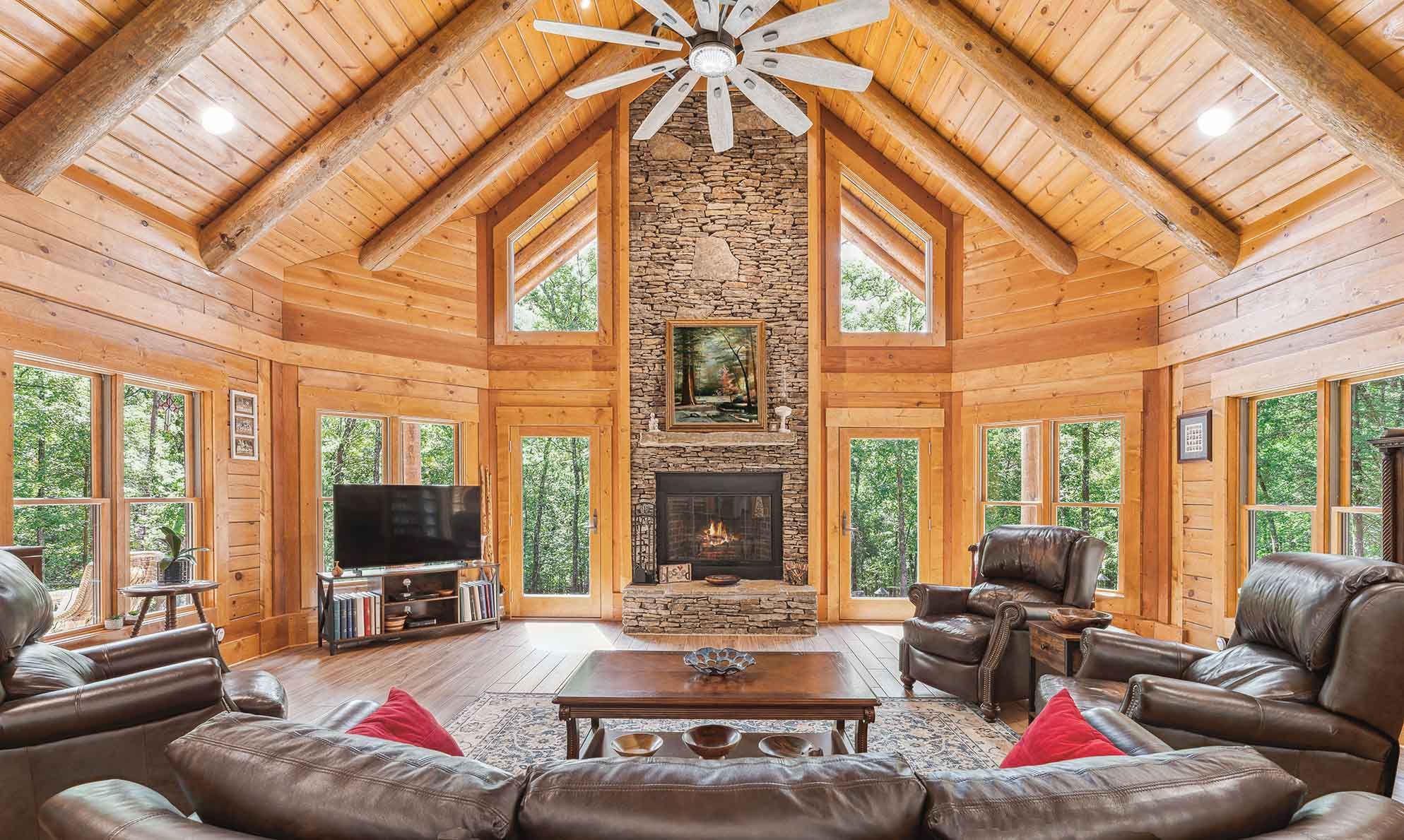
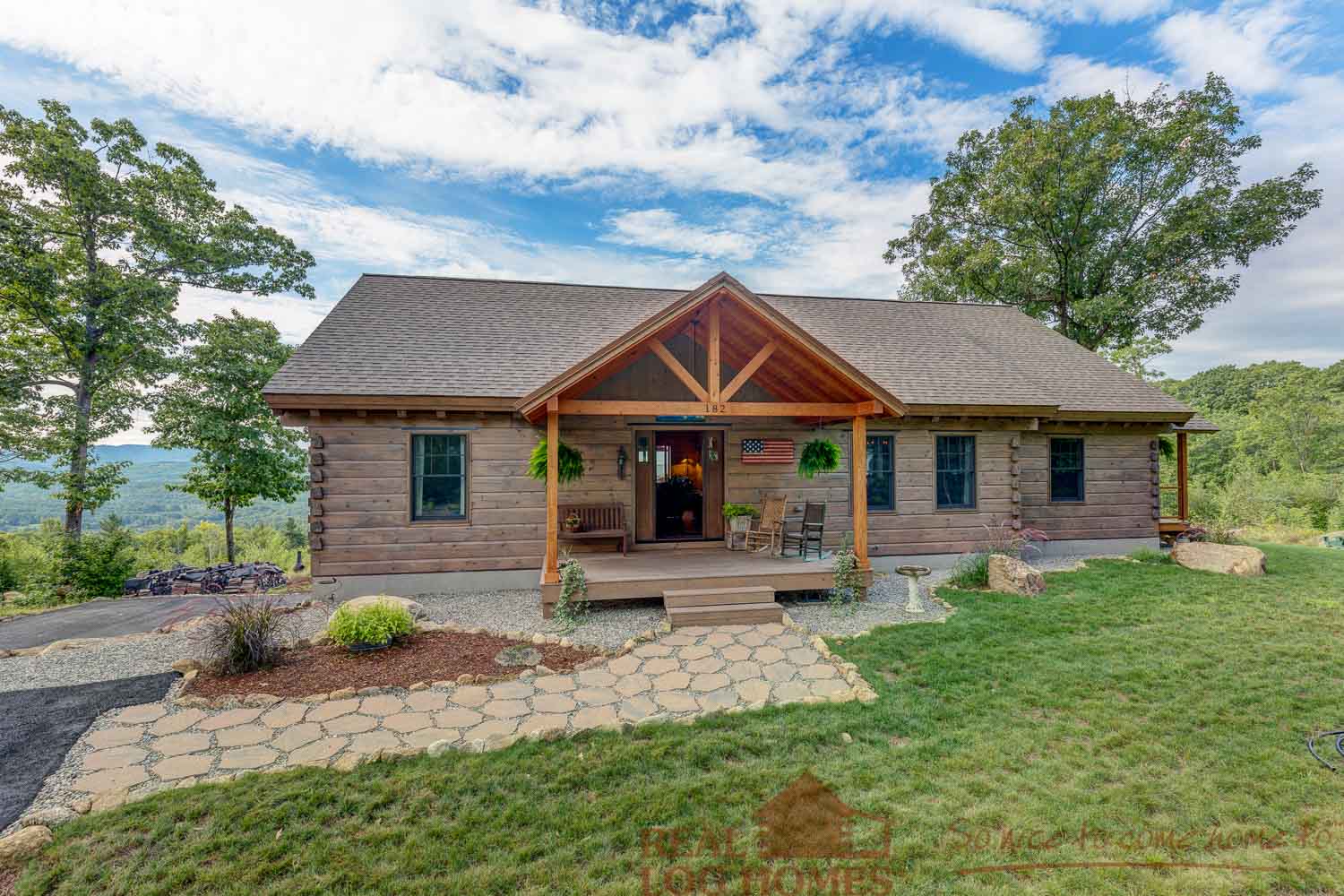
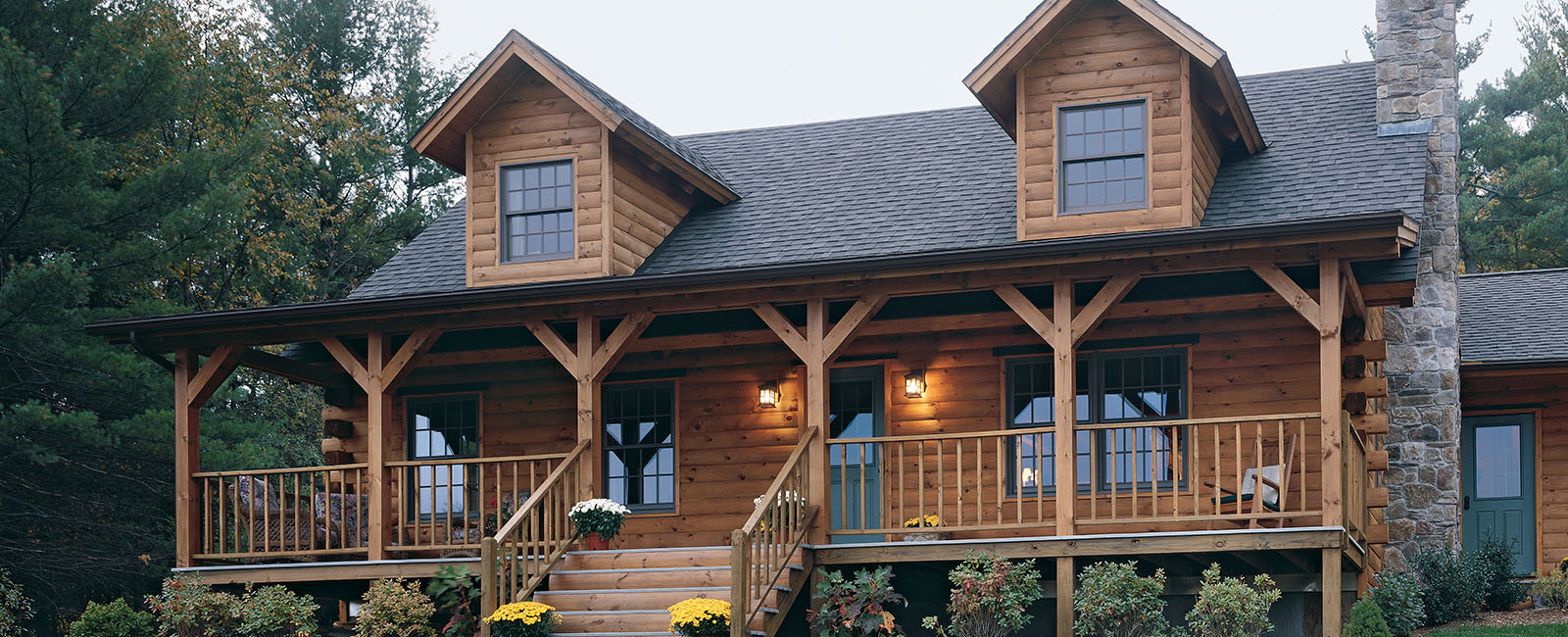
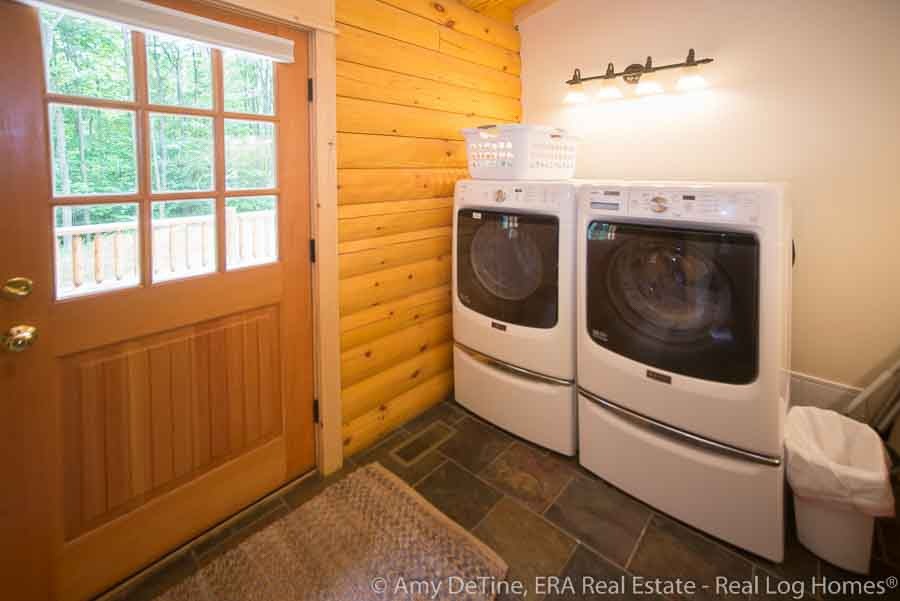
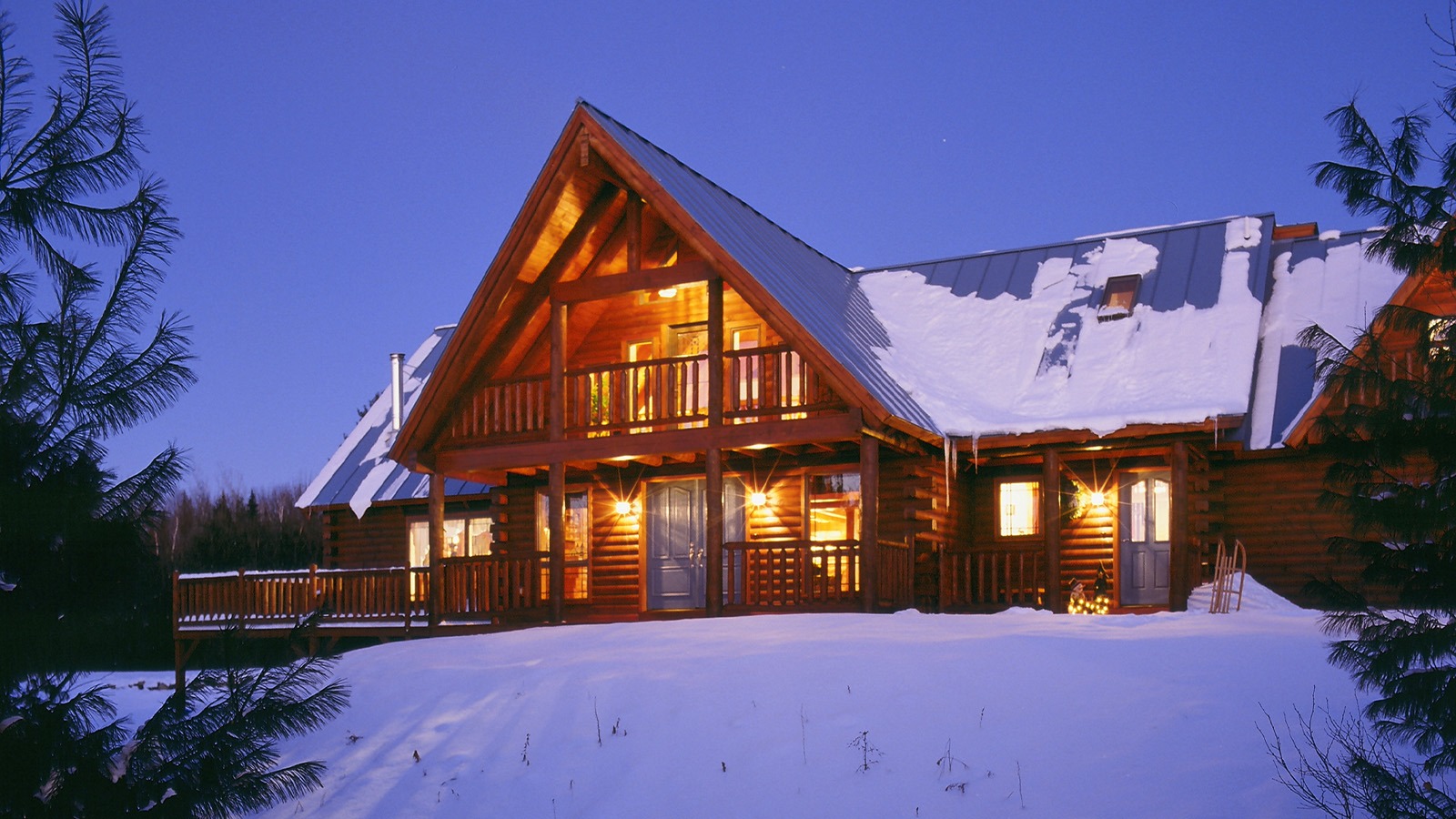
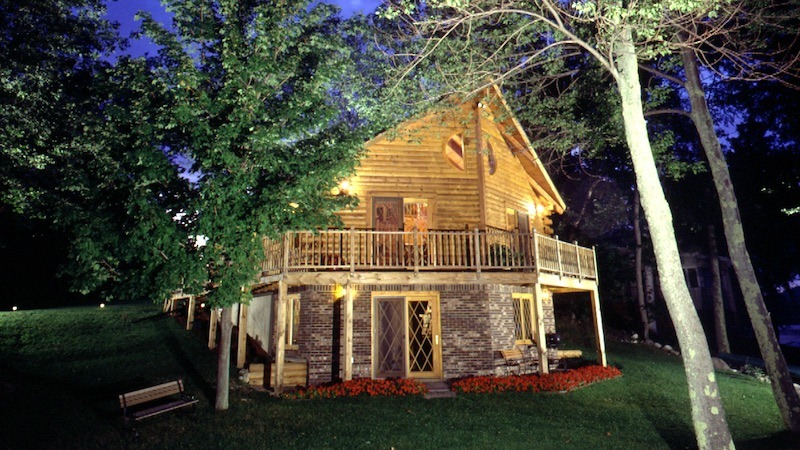
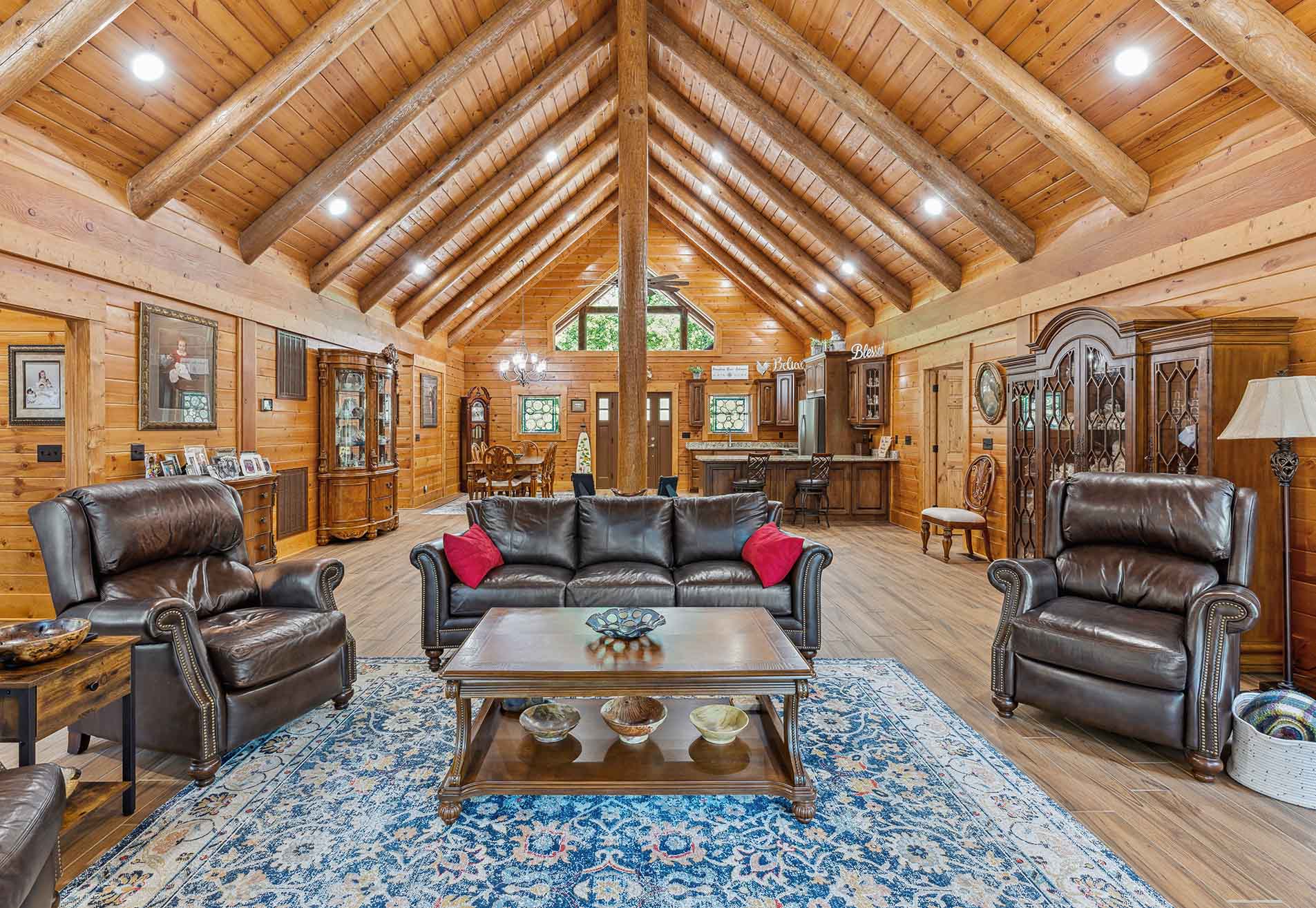
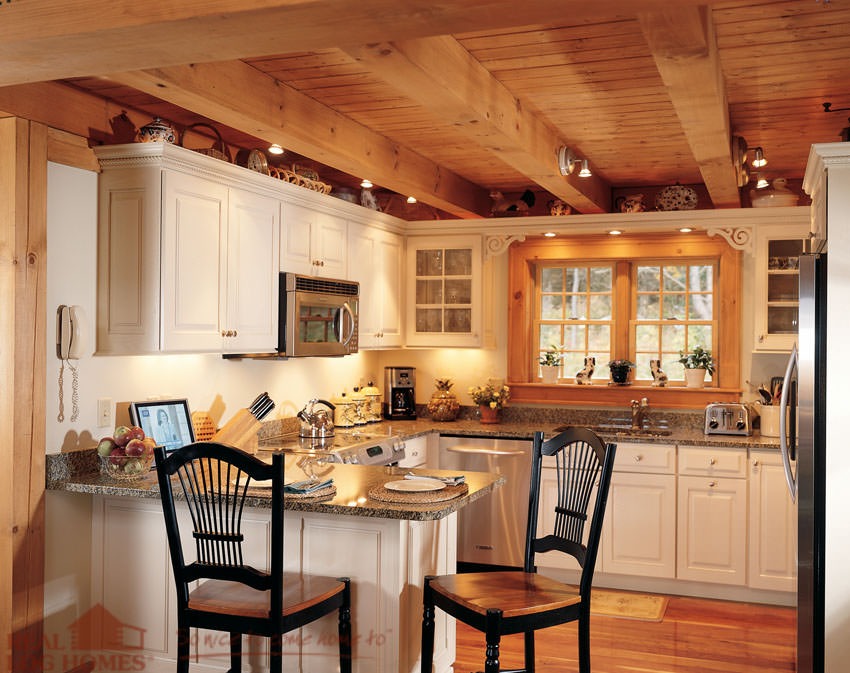
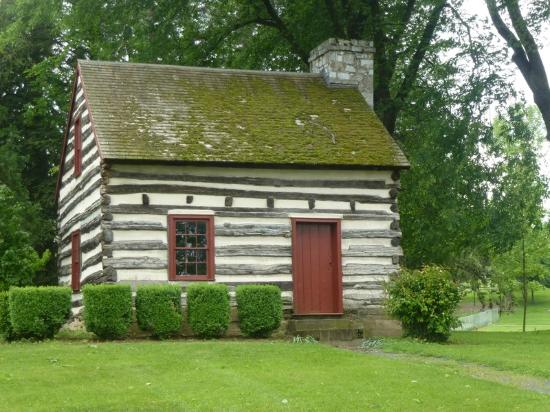
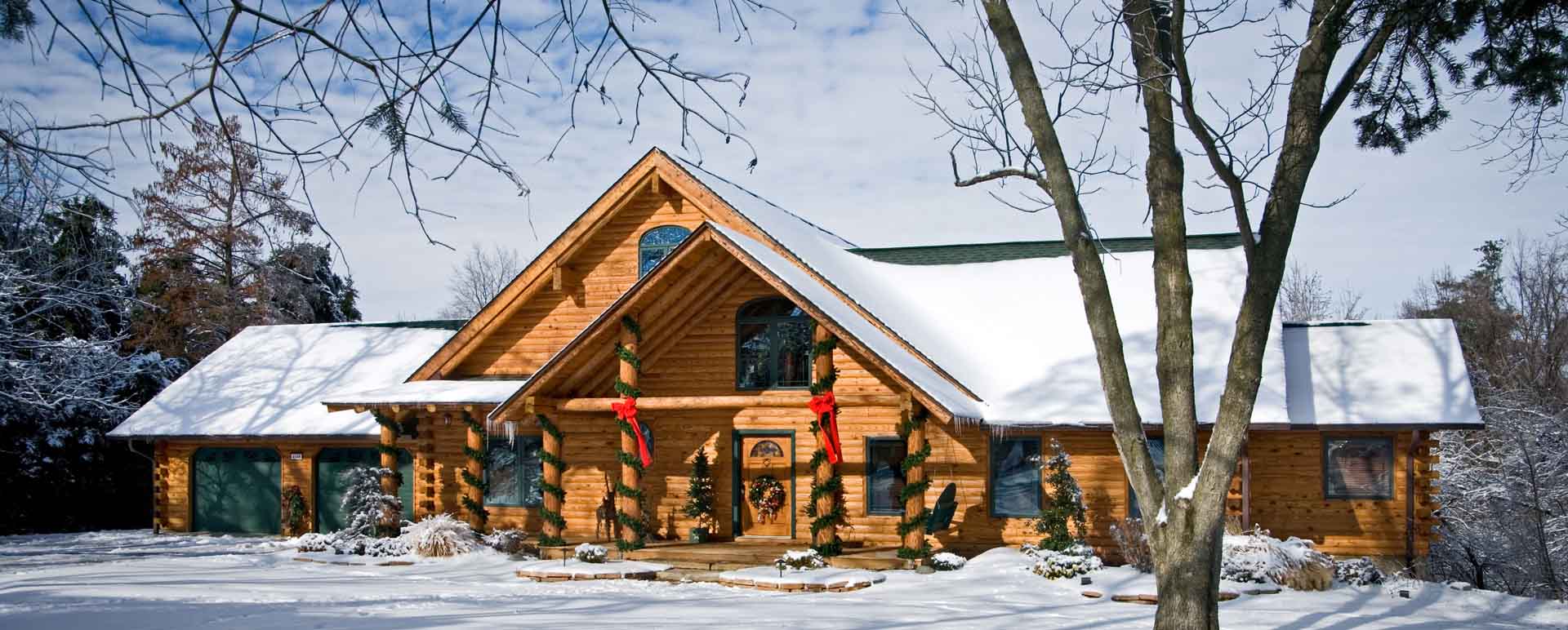
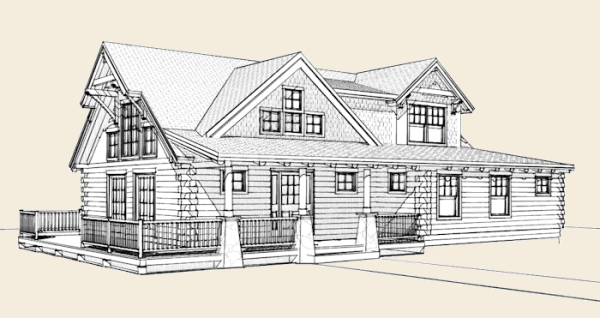

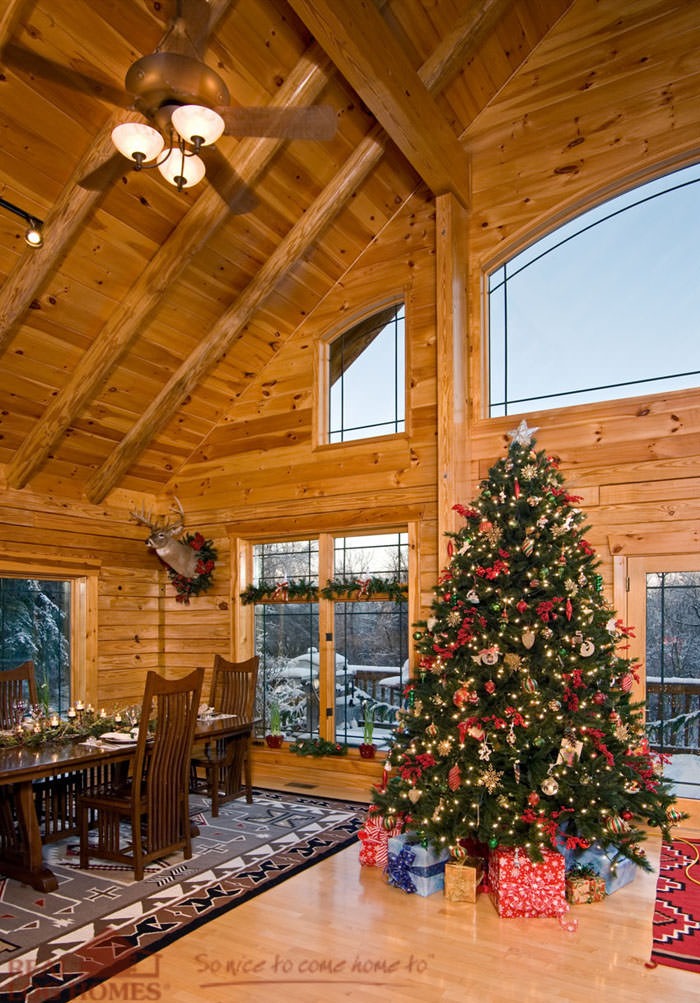
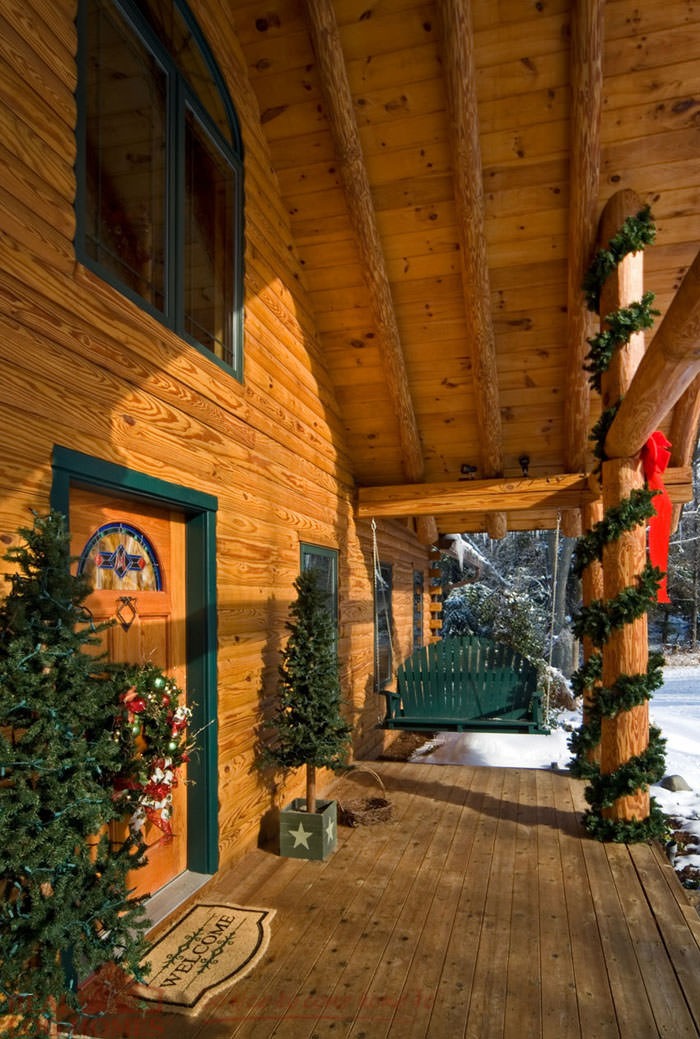

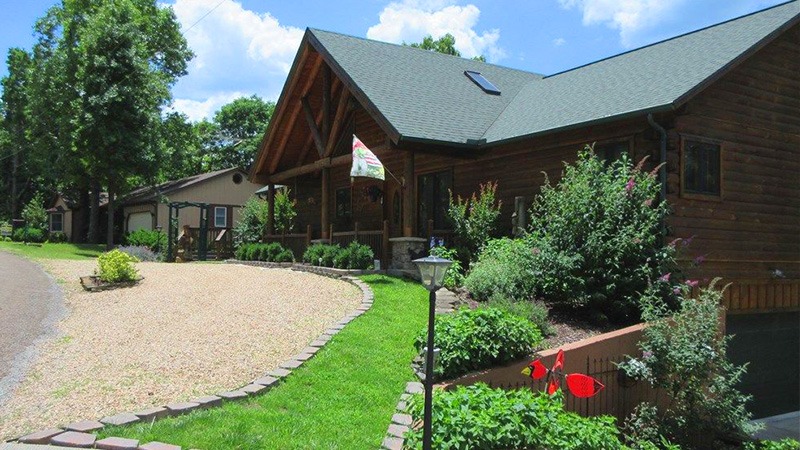
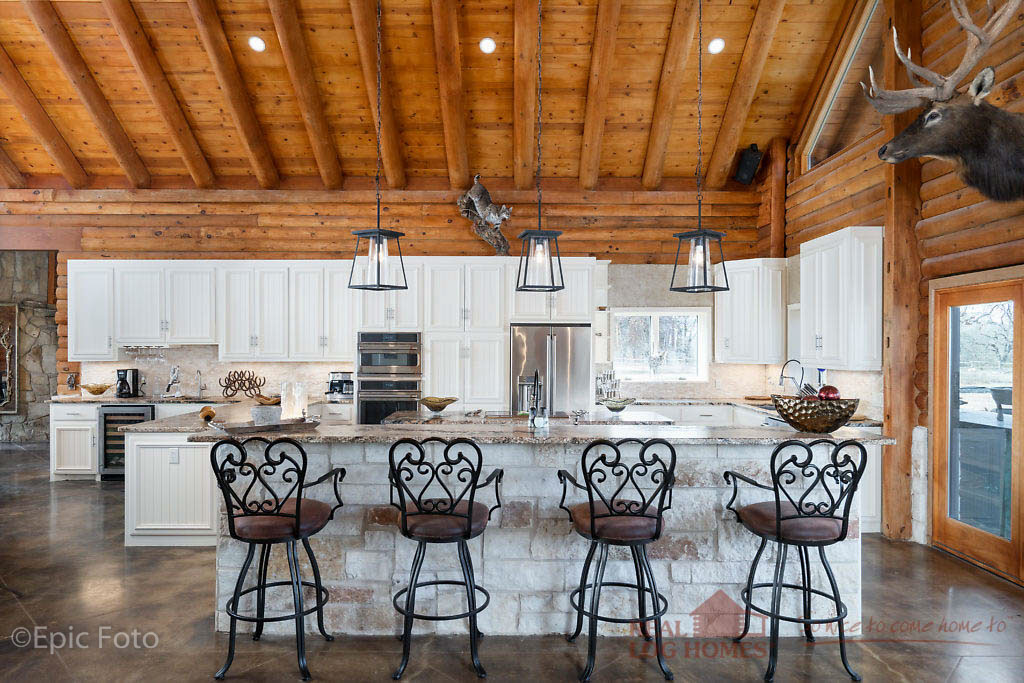
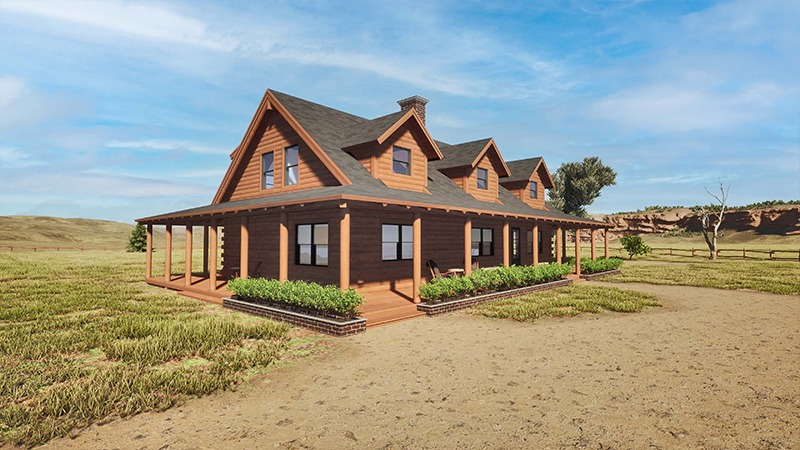
![[KAB-IN] Vermont - Renovated 1972 Real Log Homes Rental Cabin](https://realloghomes.com/wp-content/uploads/2019/03/Cavendish-KAB-IN-Woodstock-VT-52.jpg)
